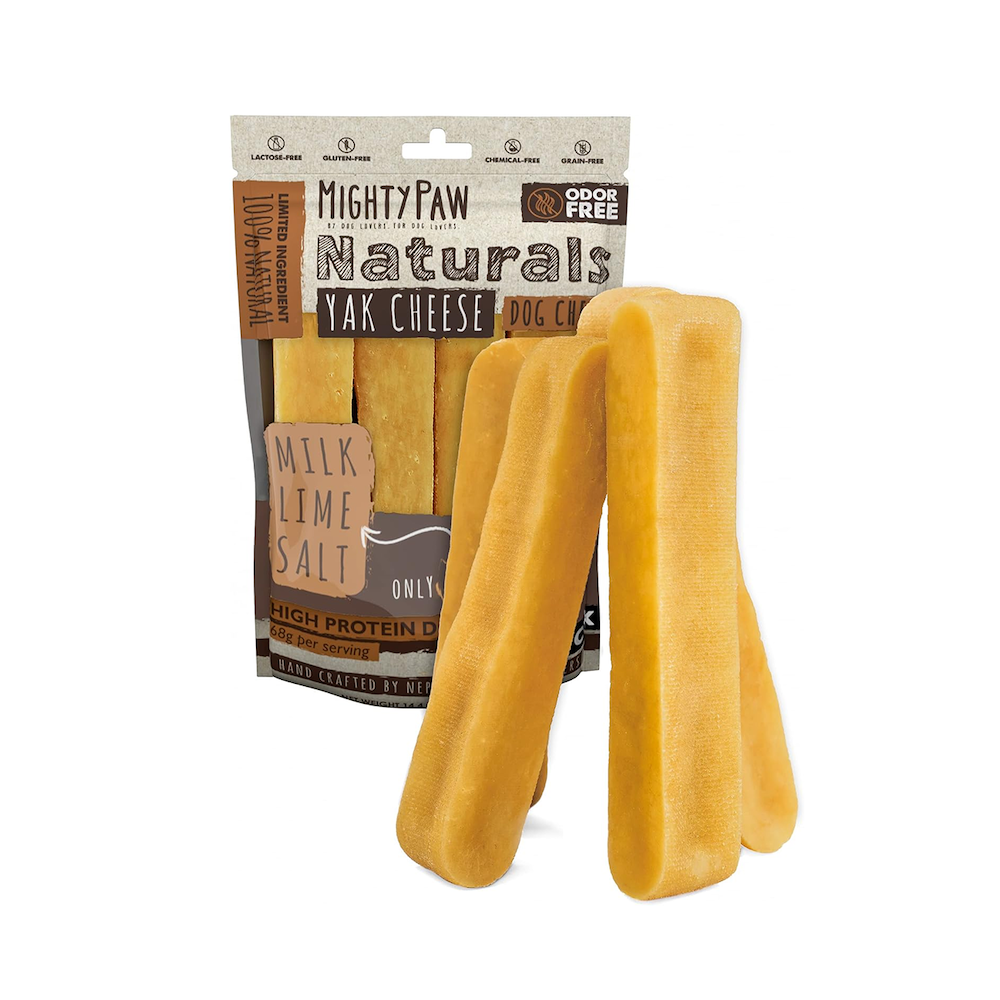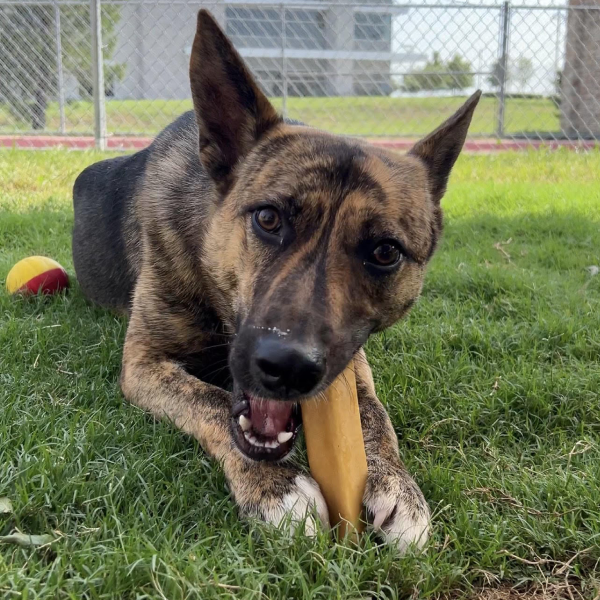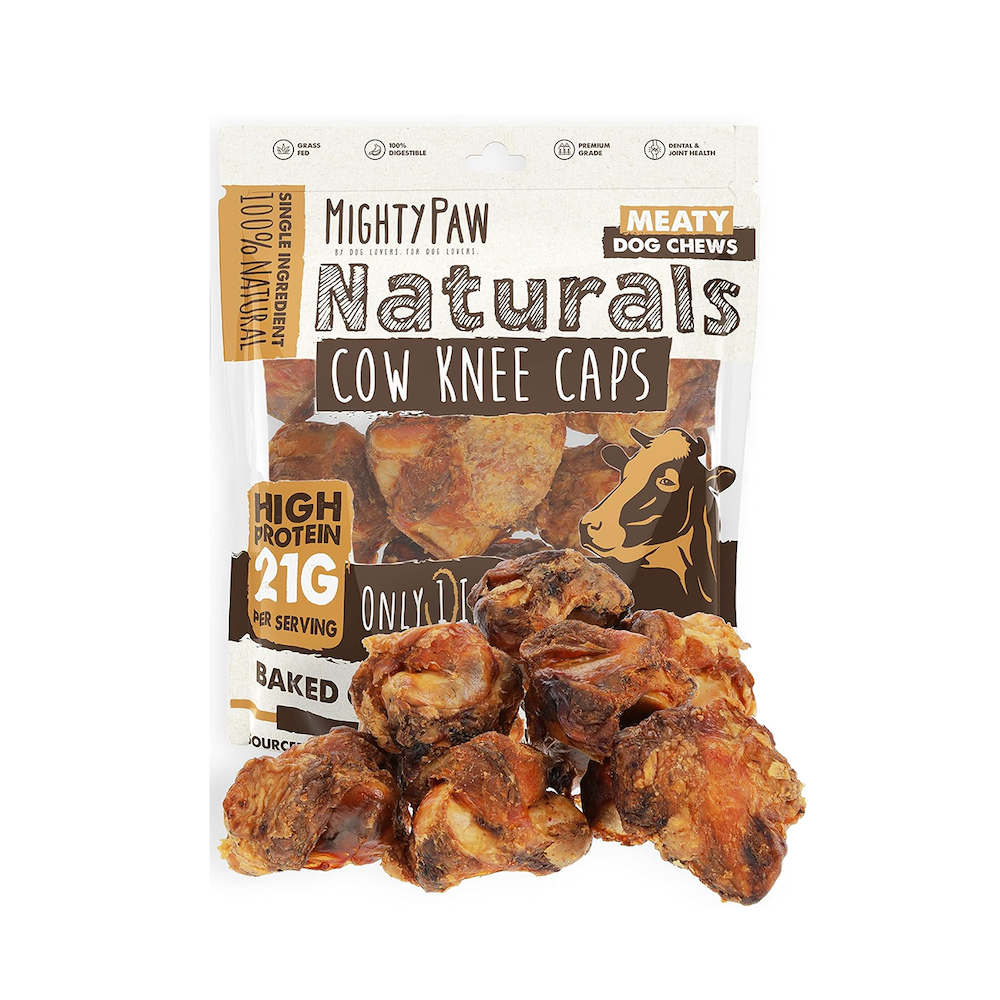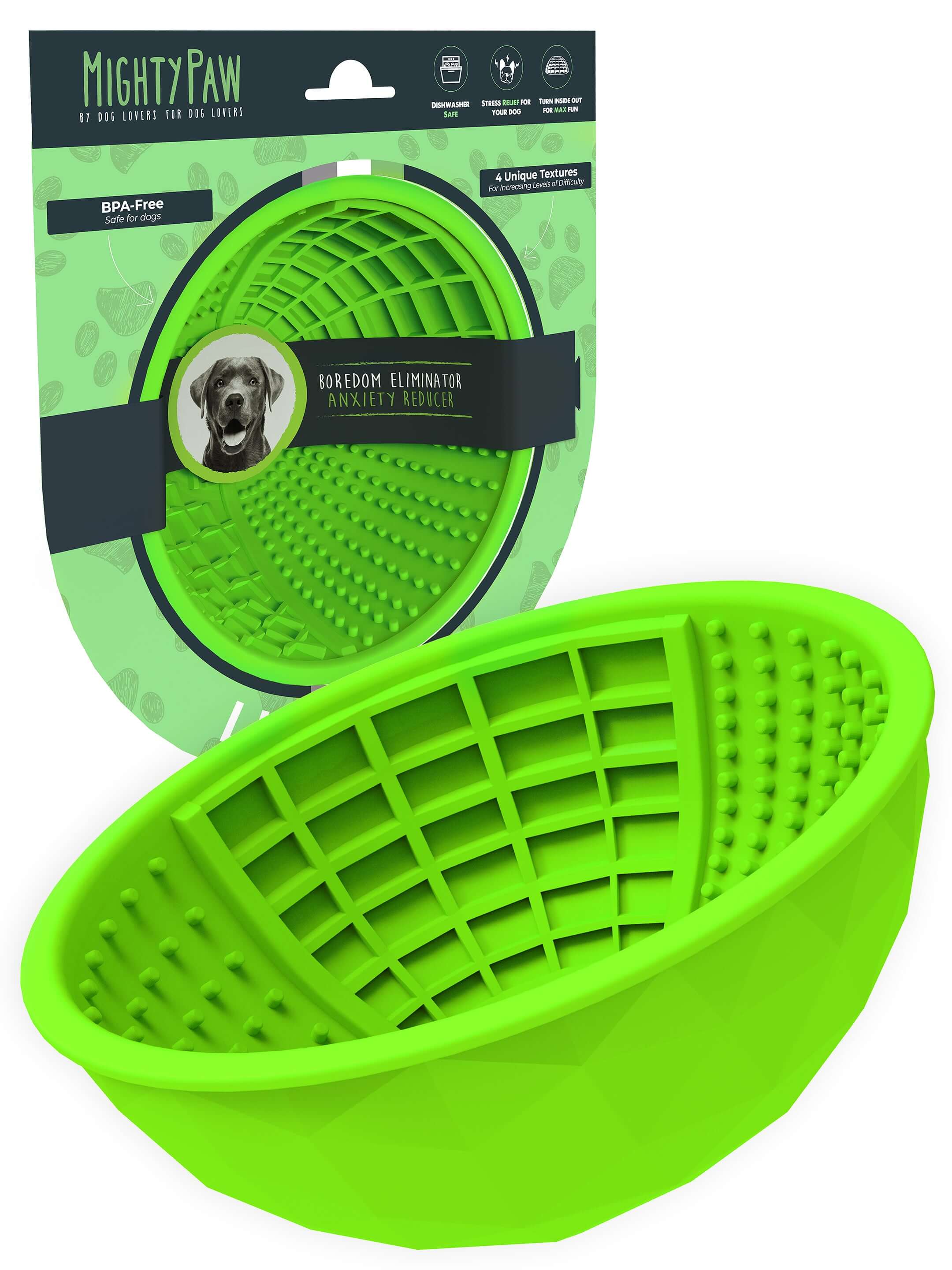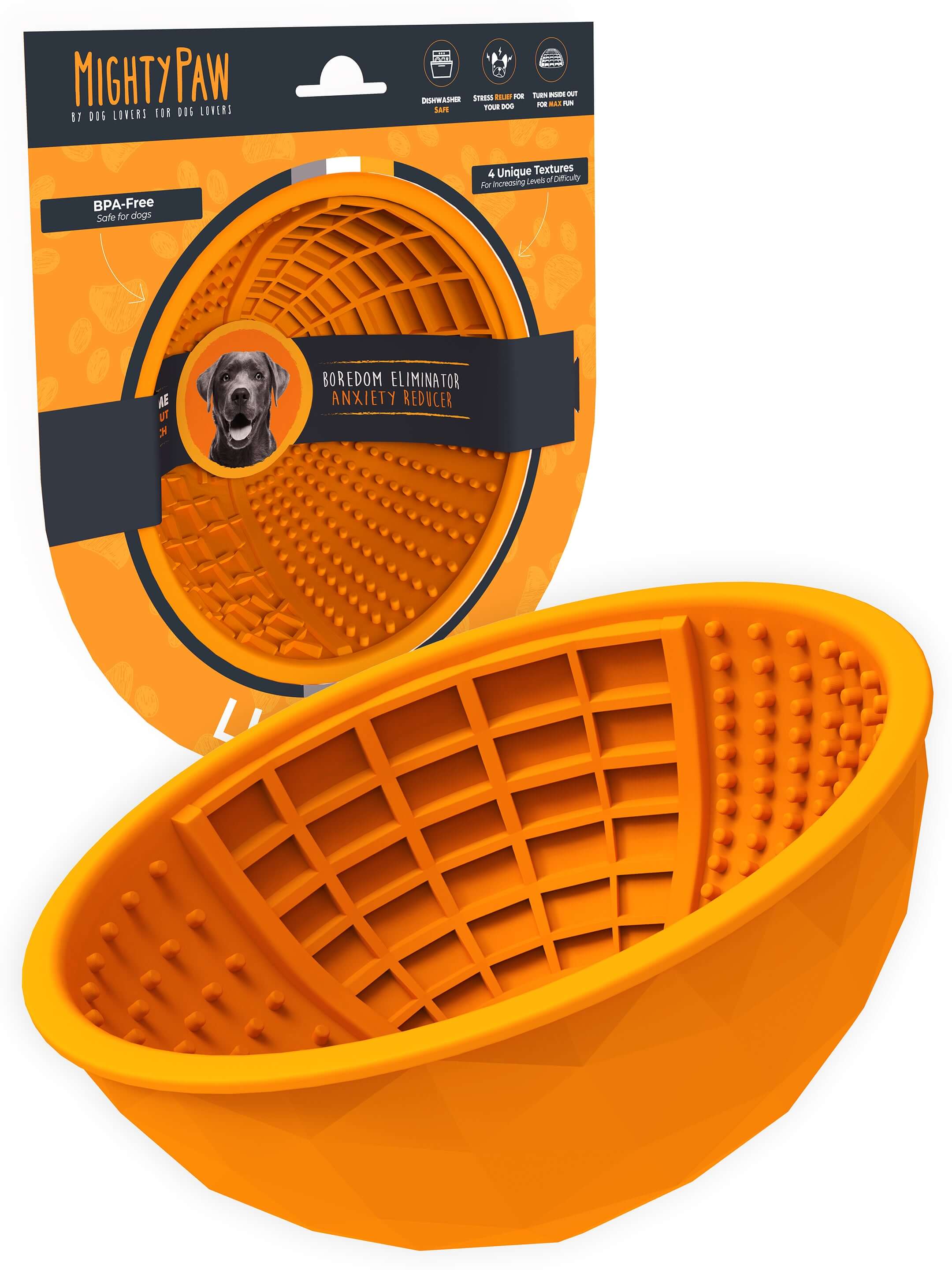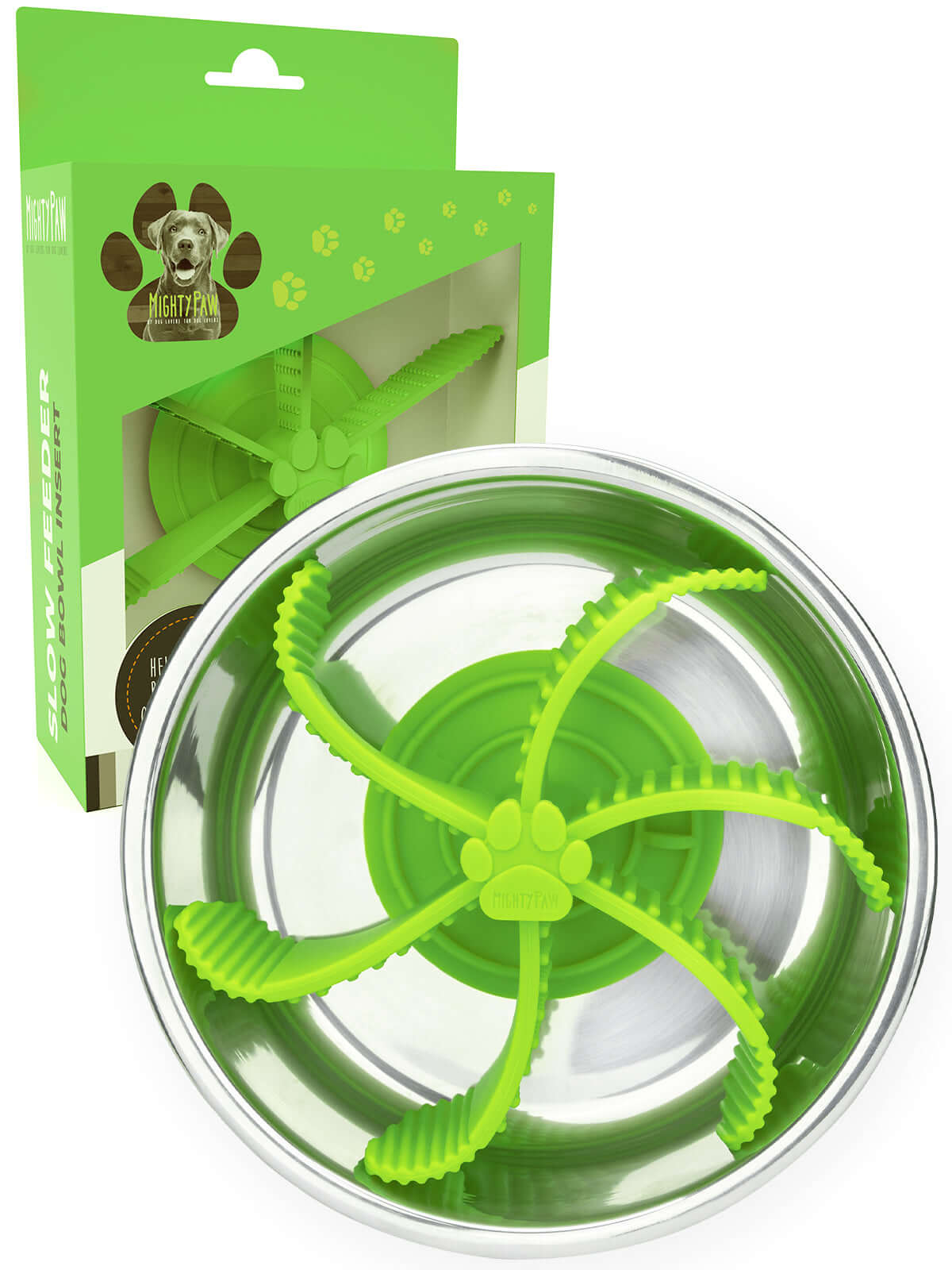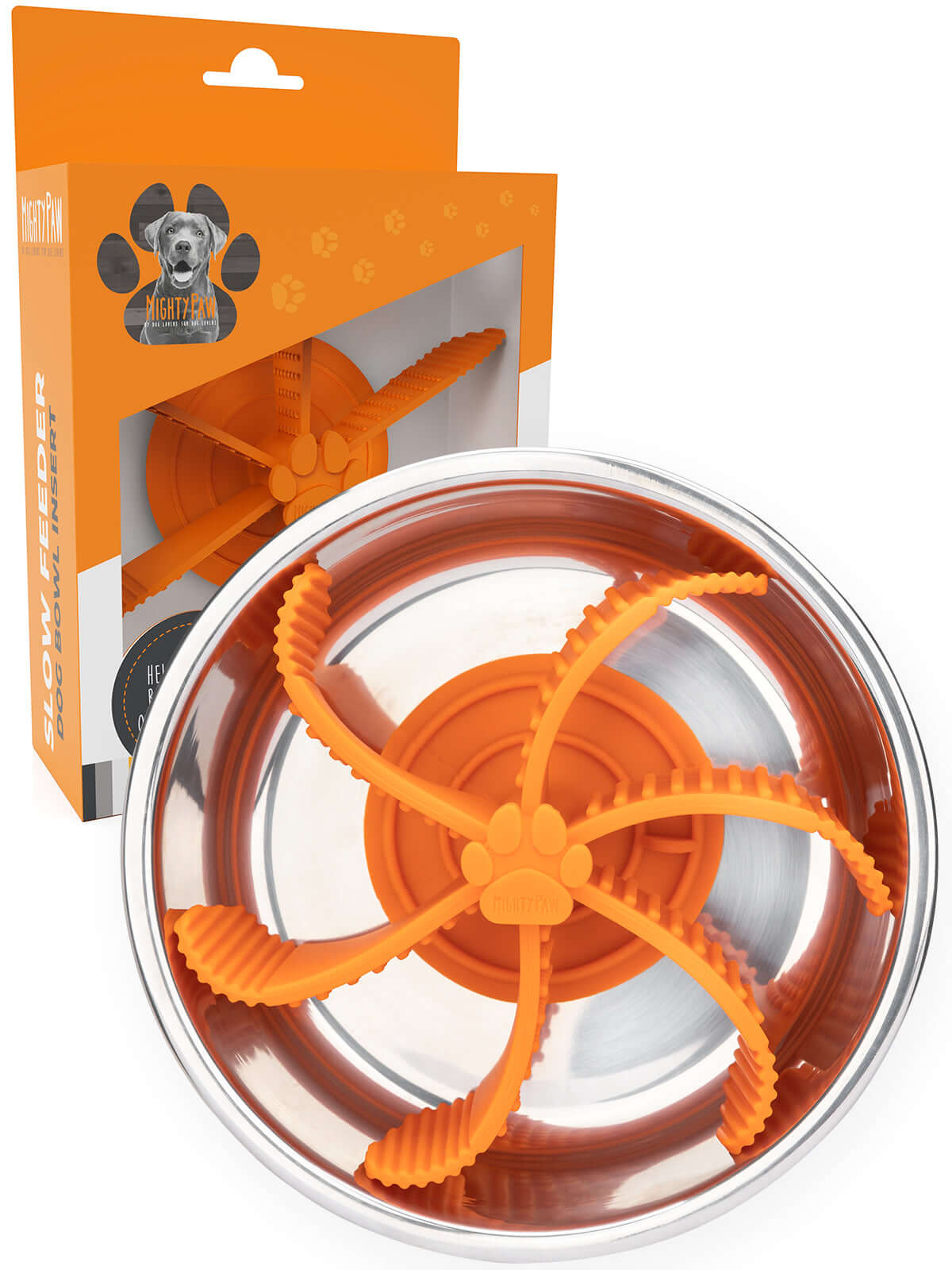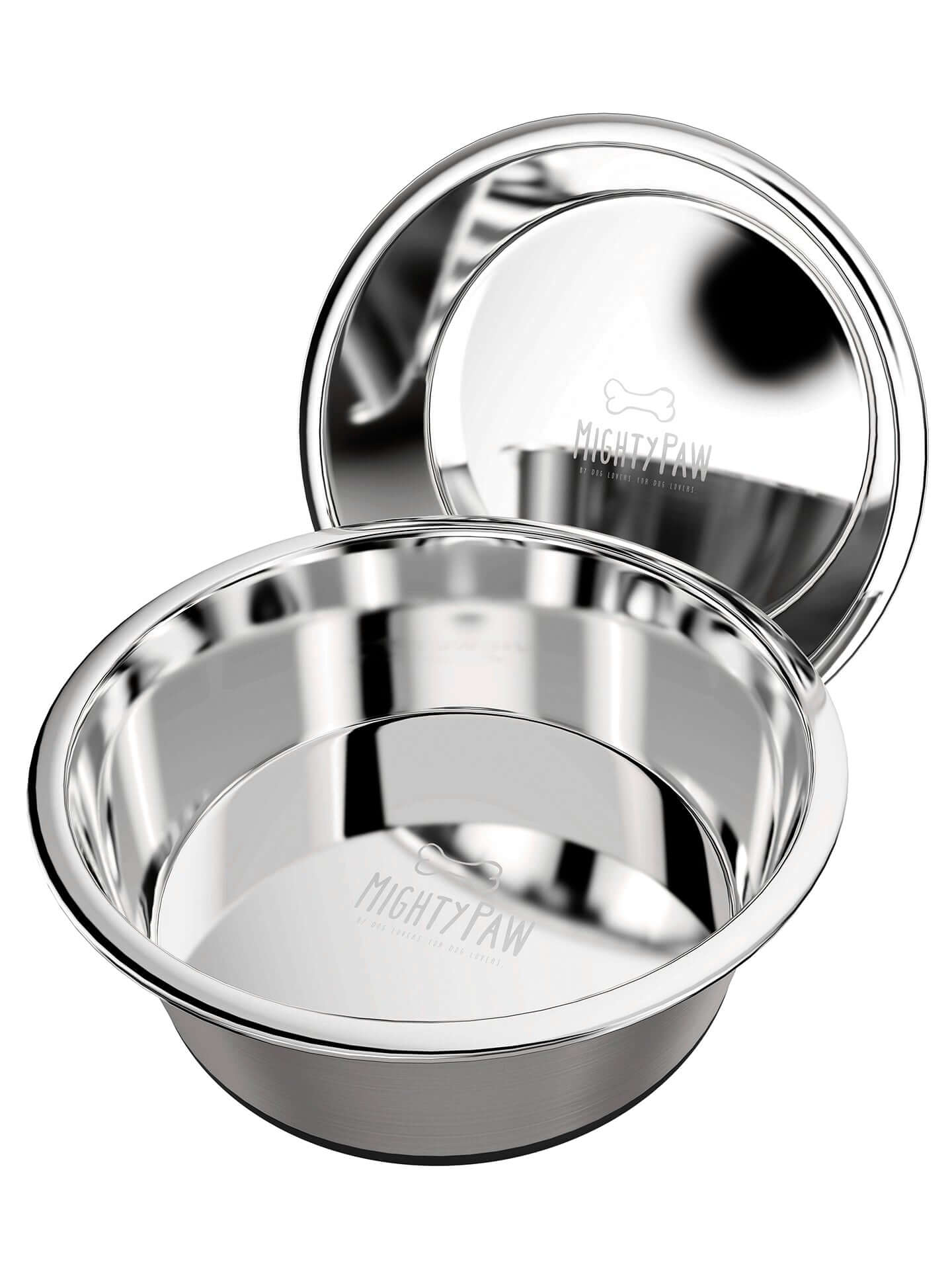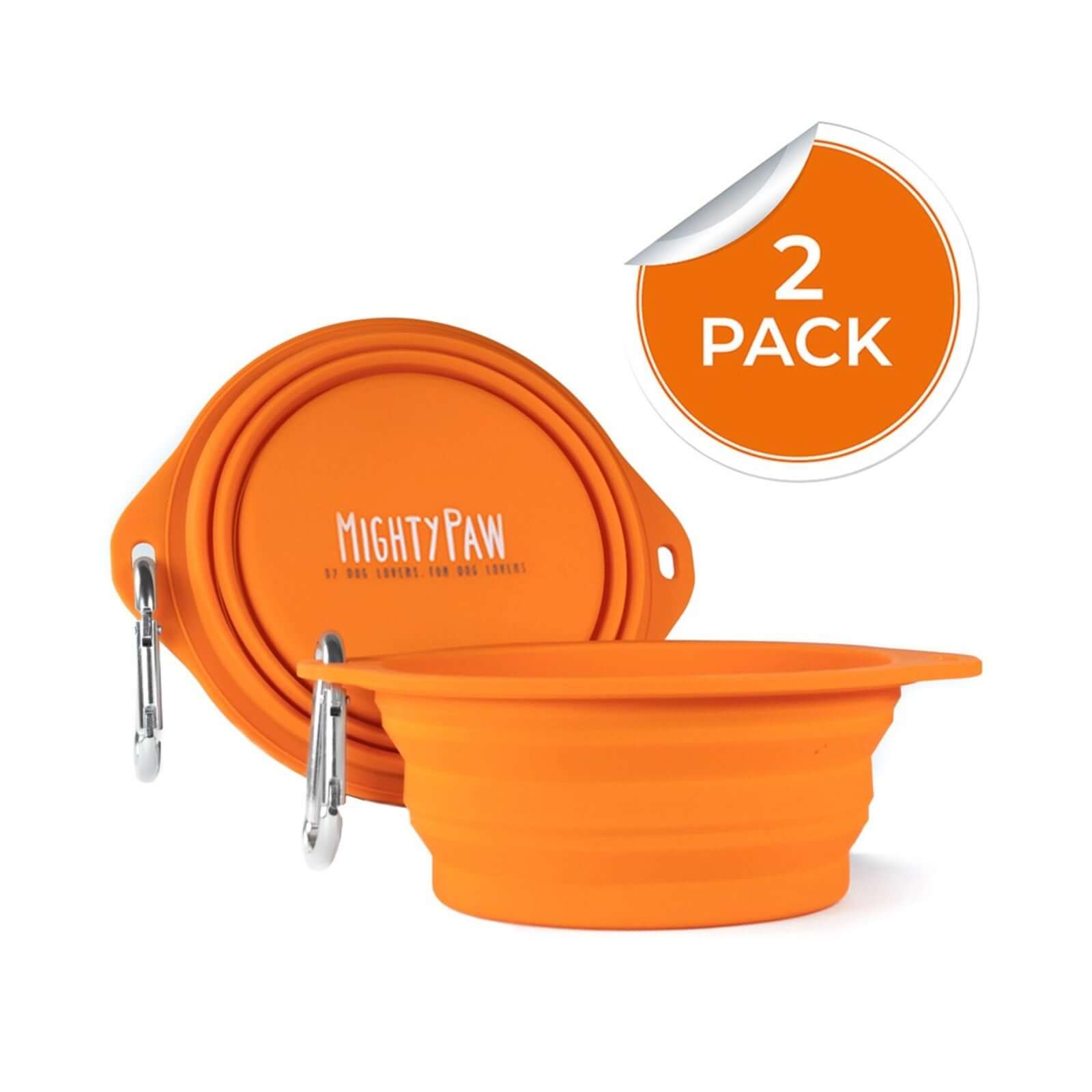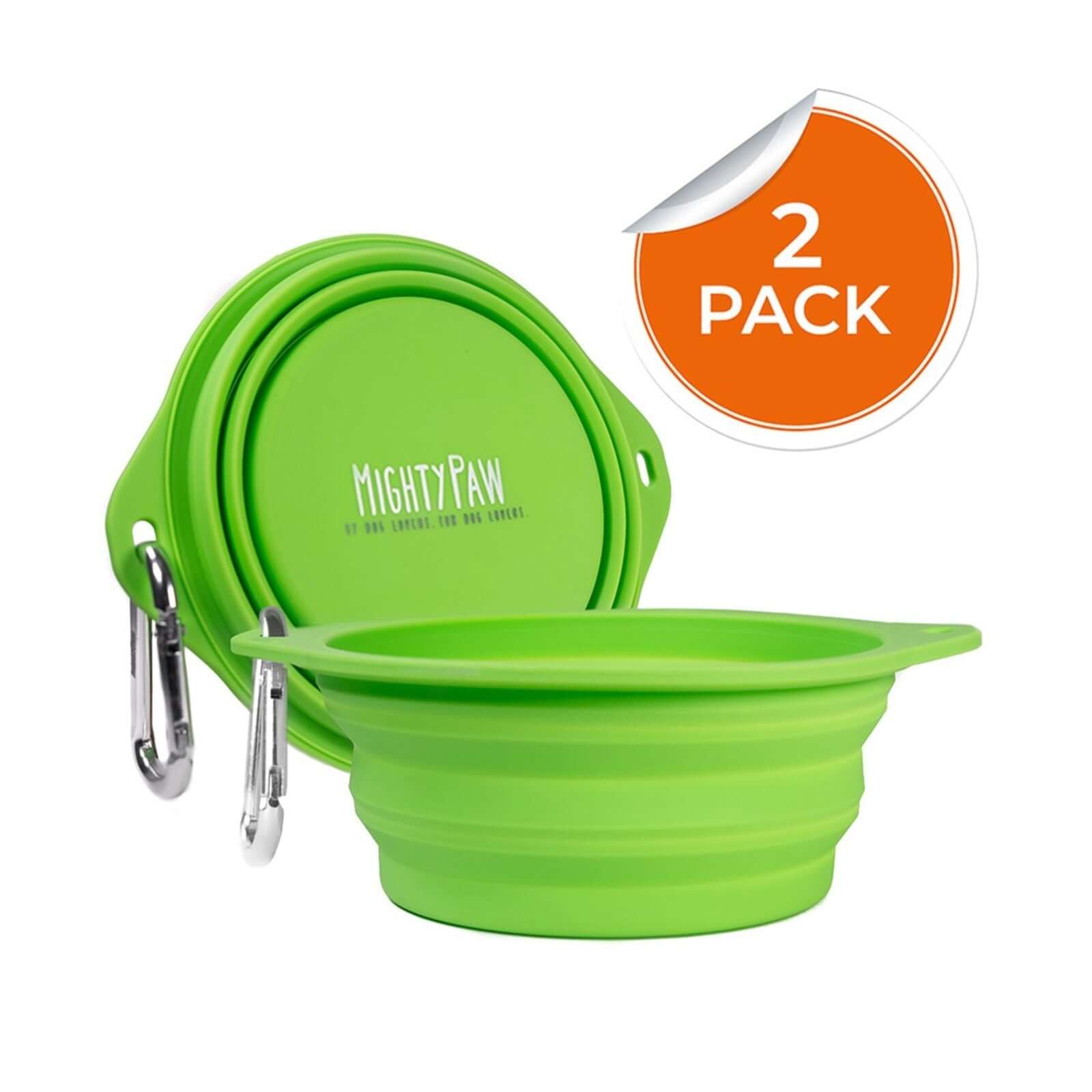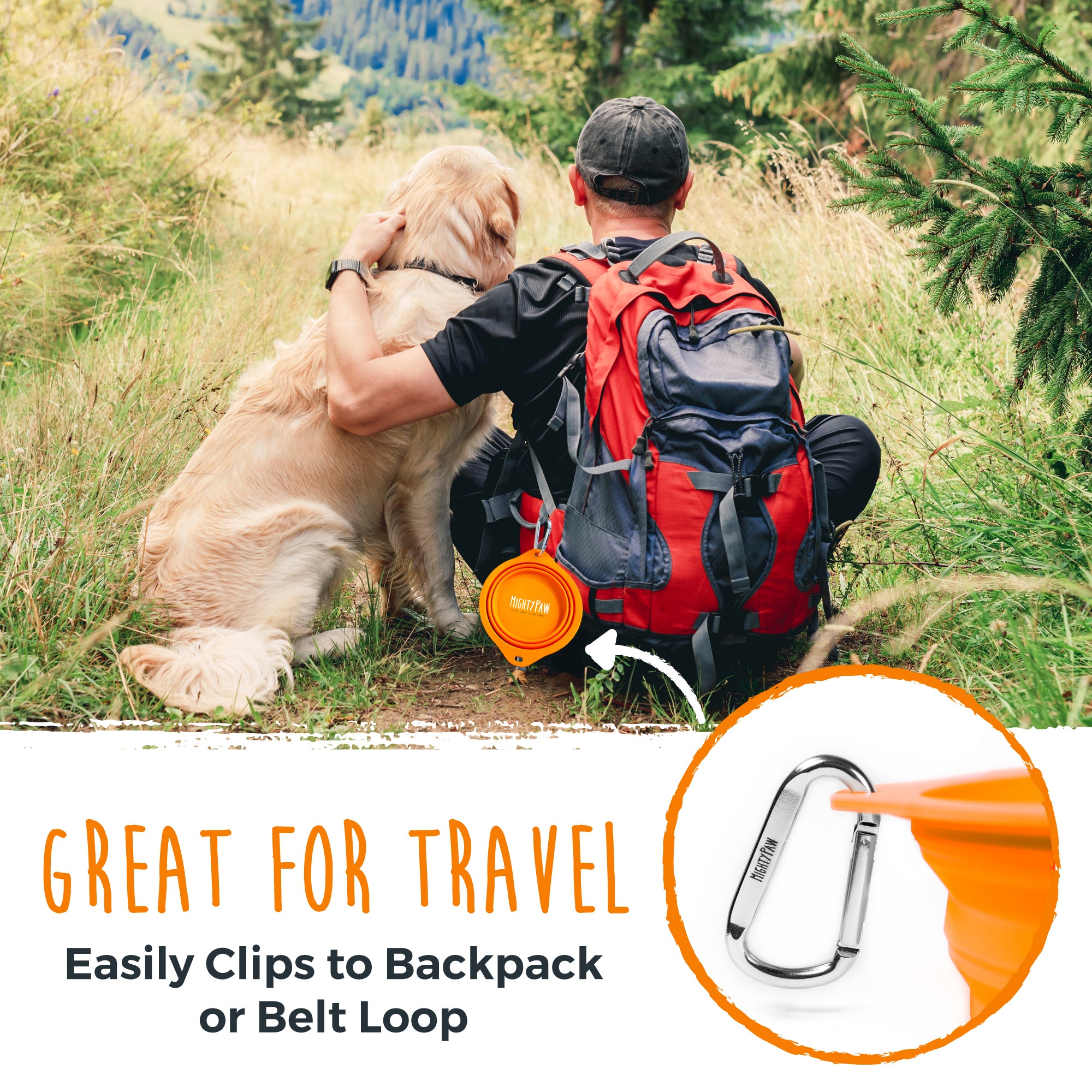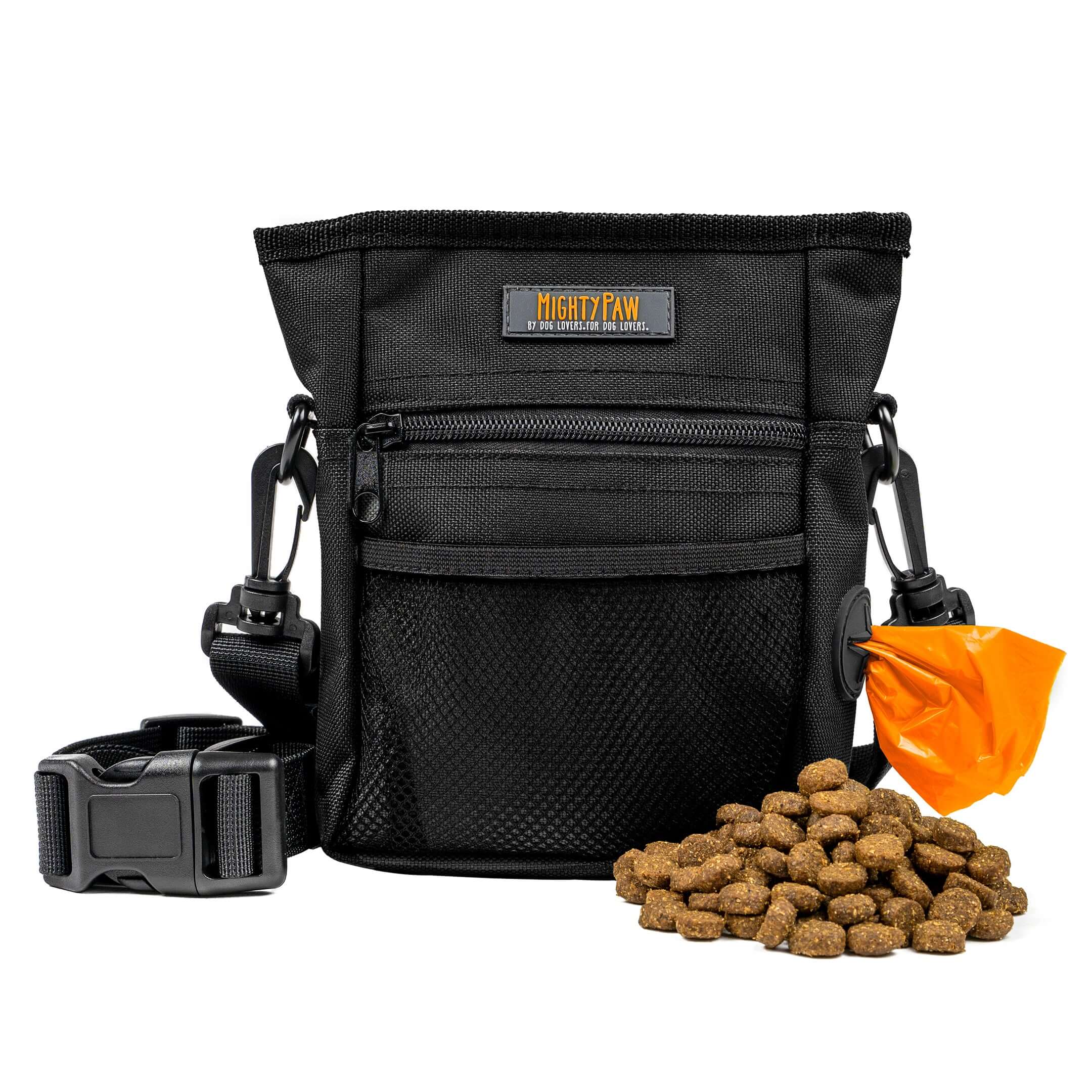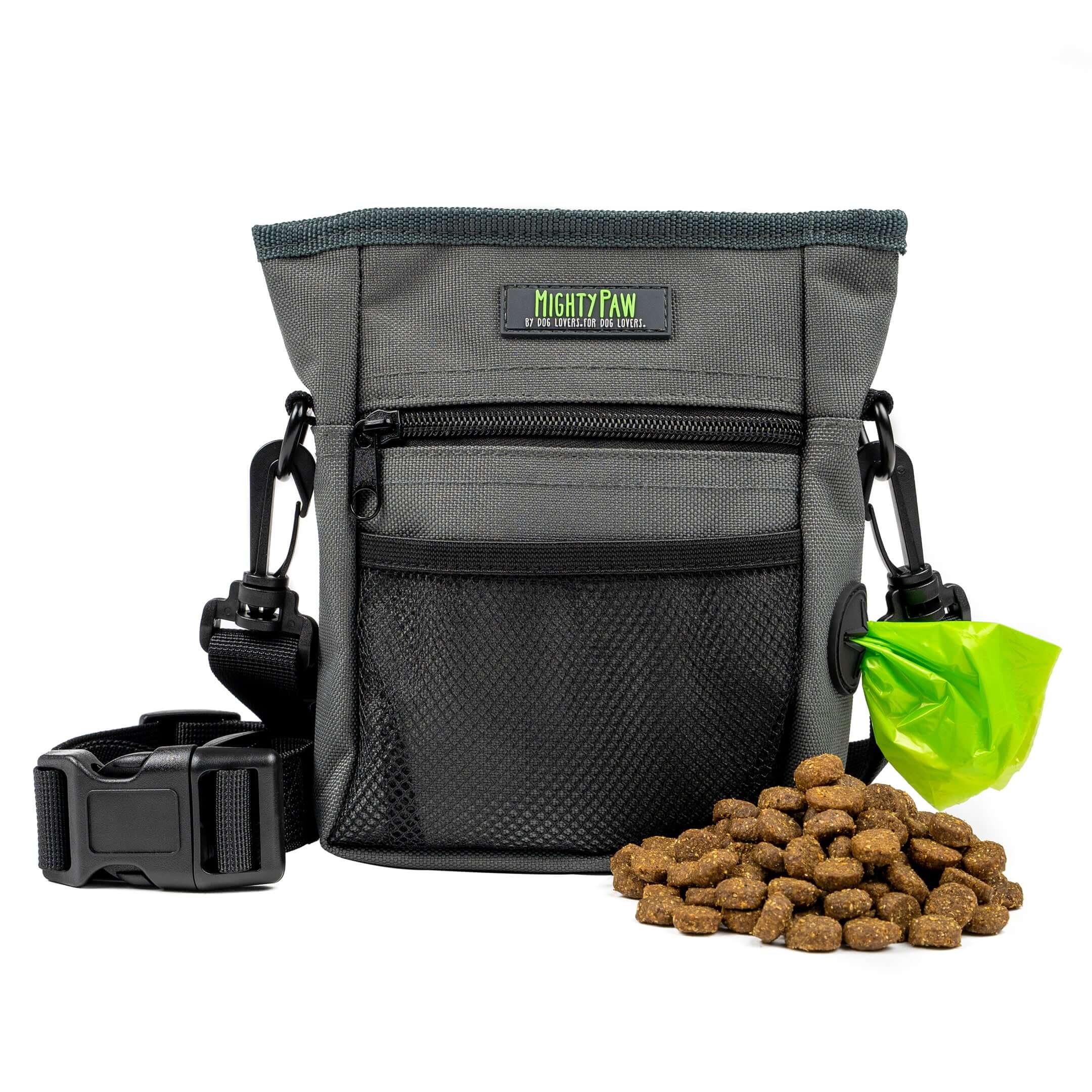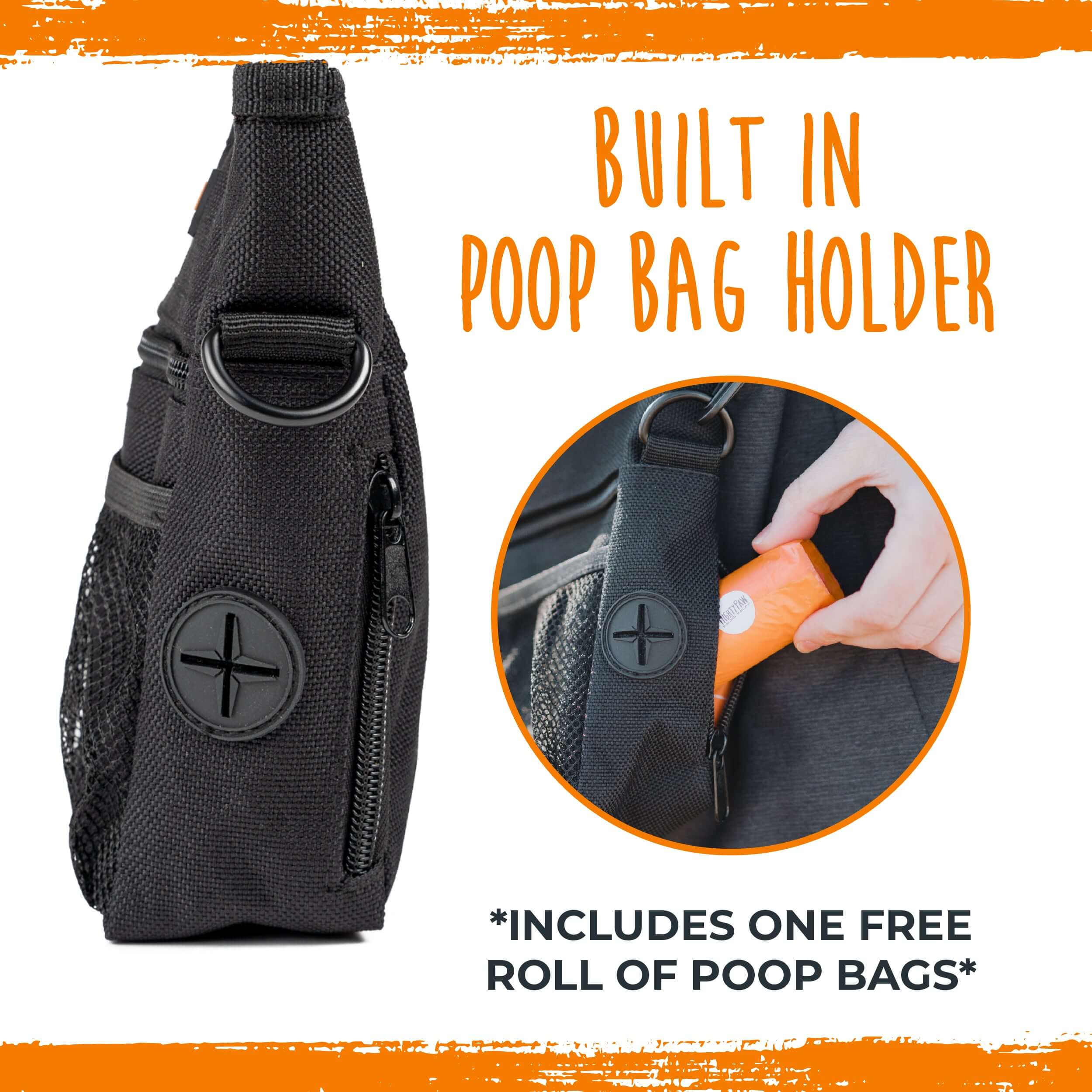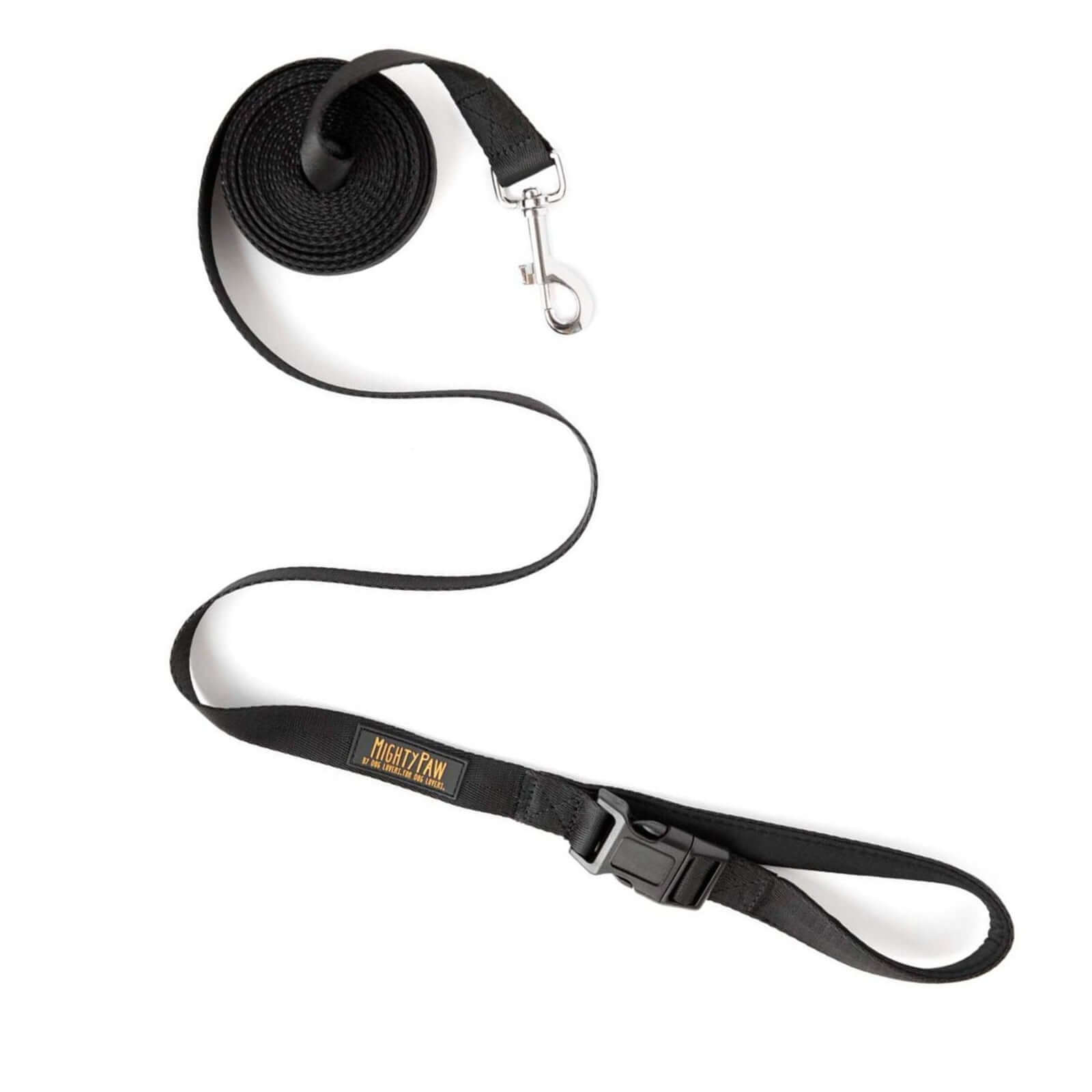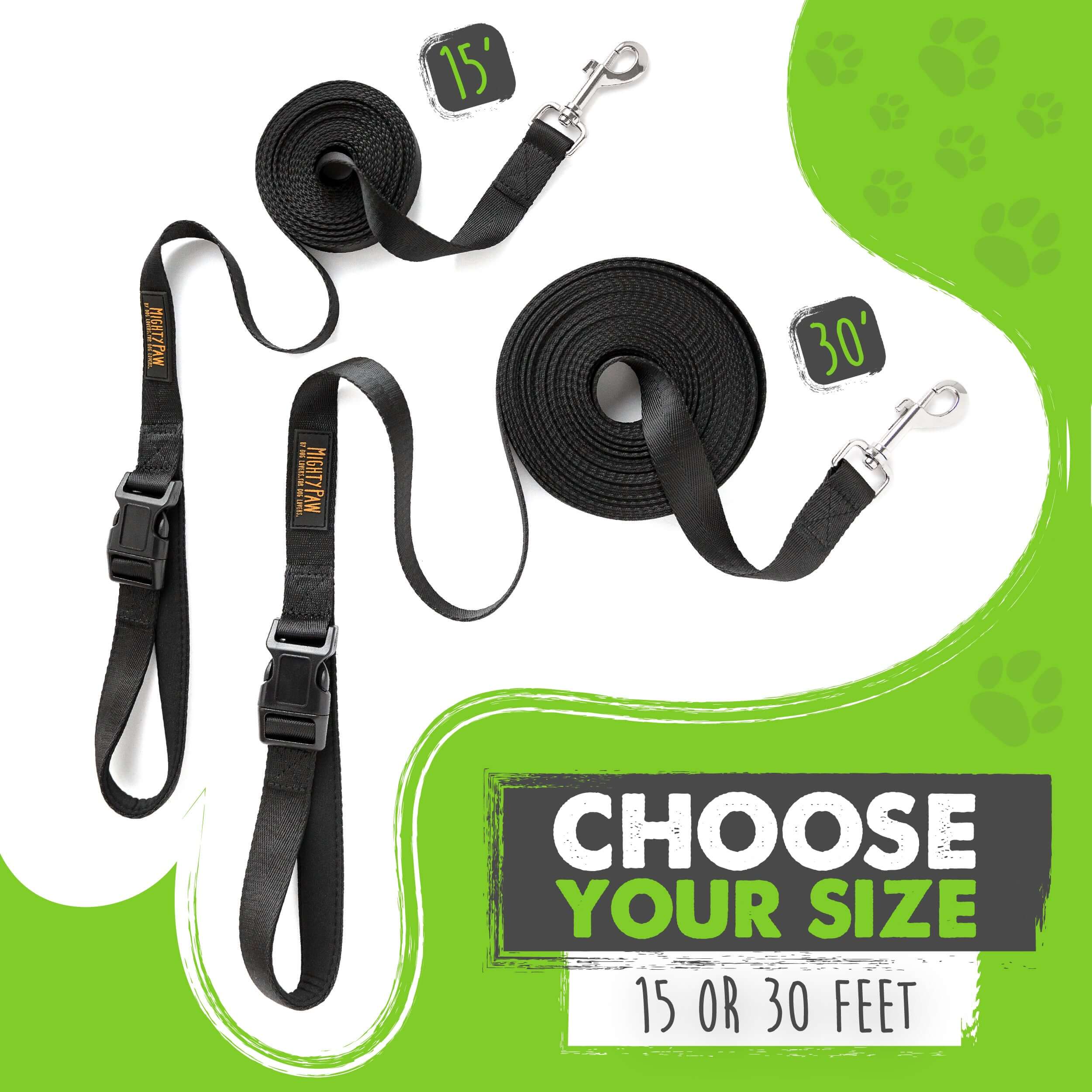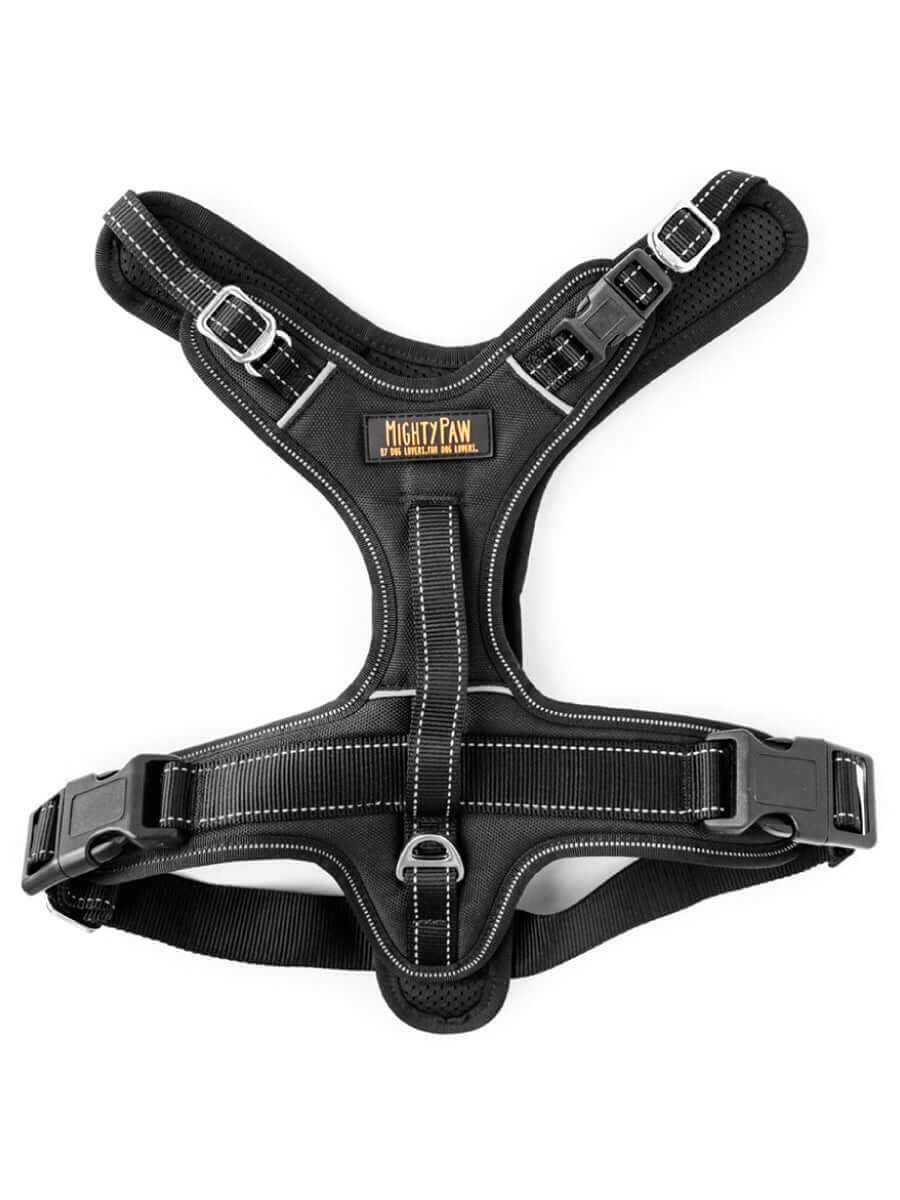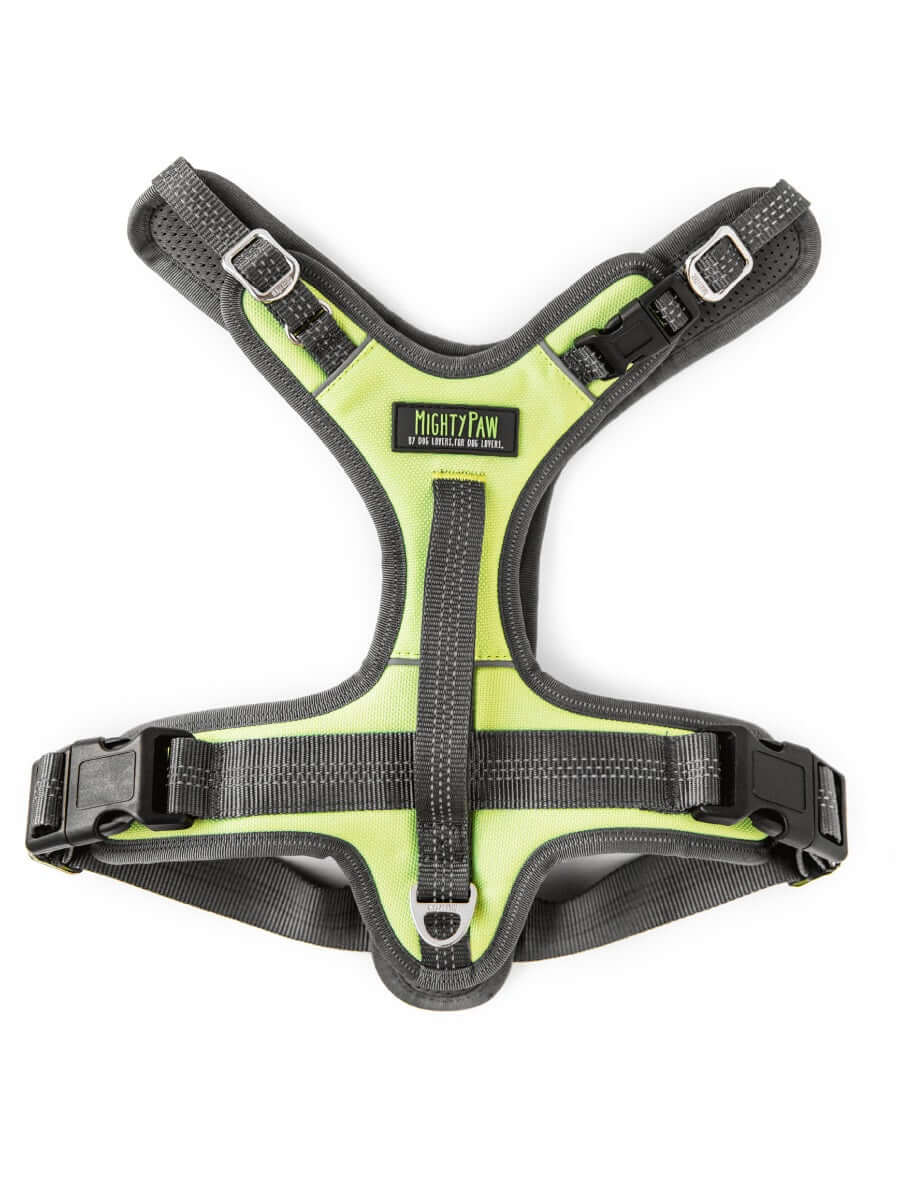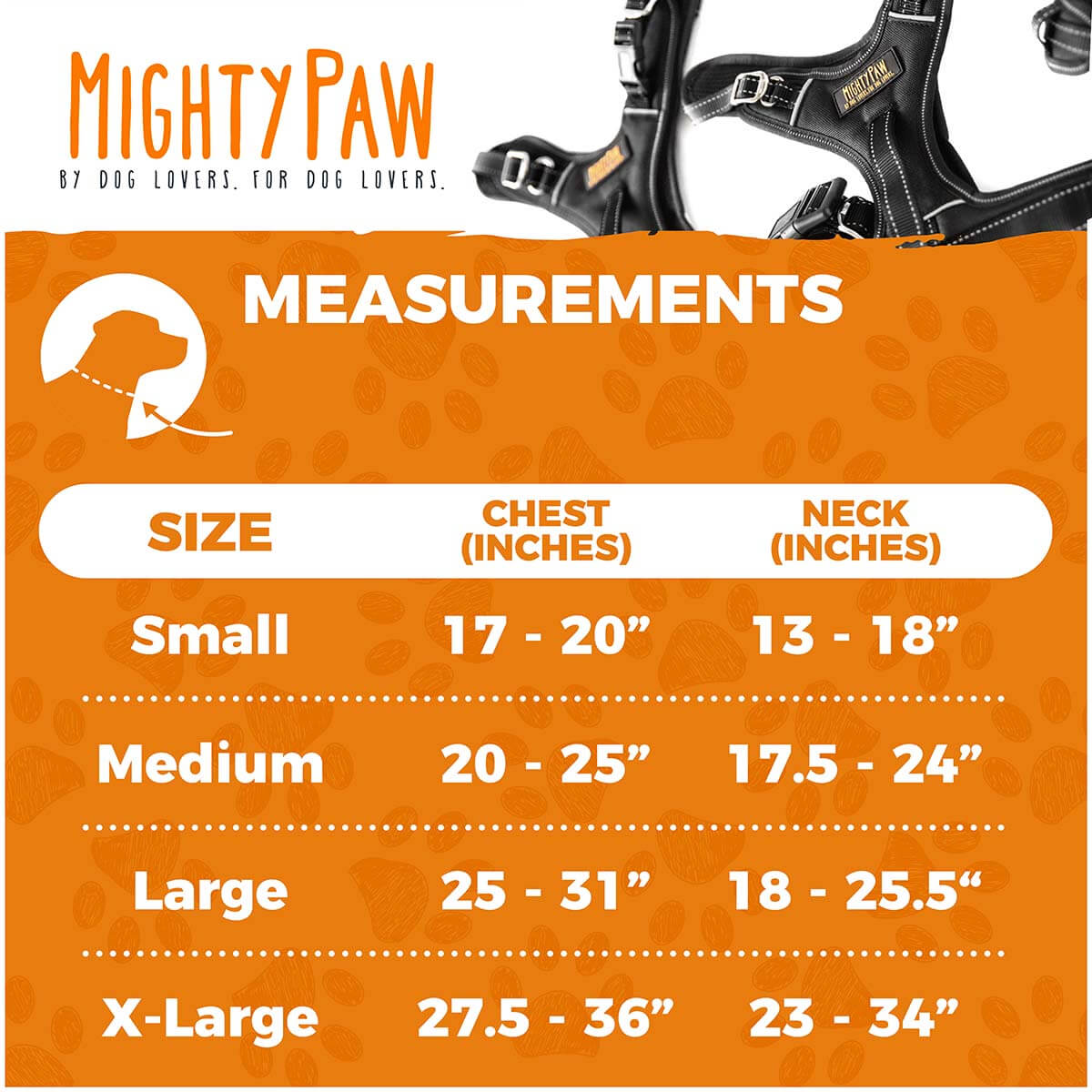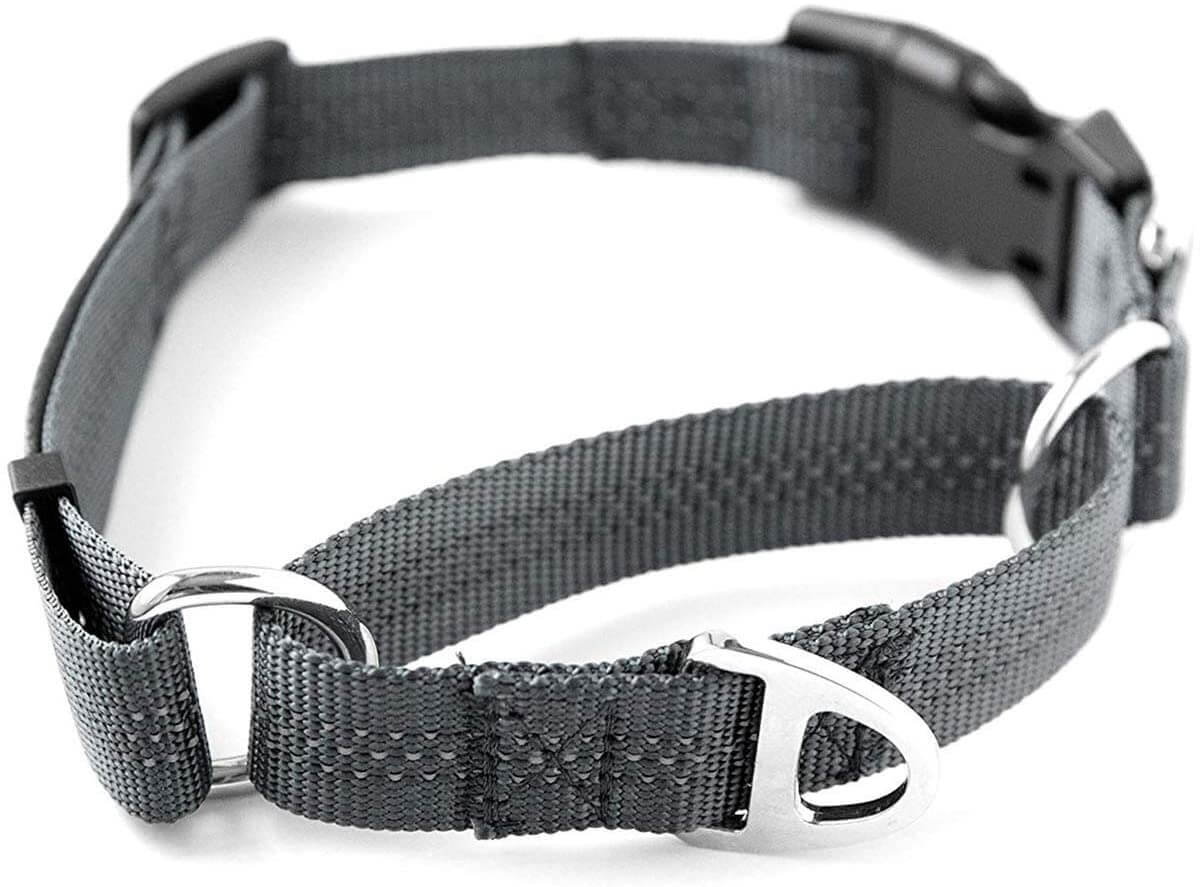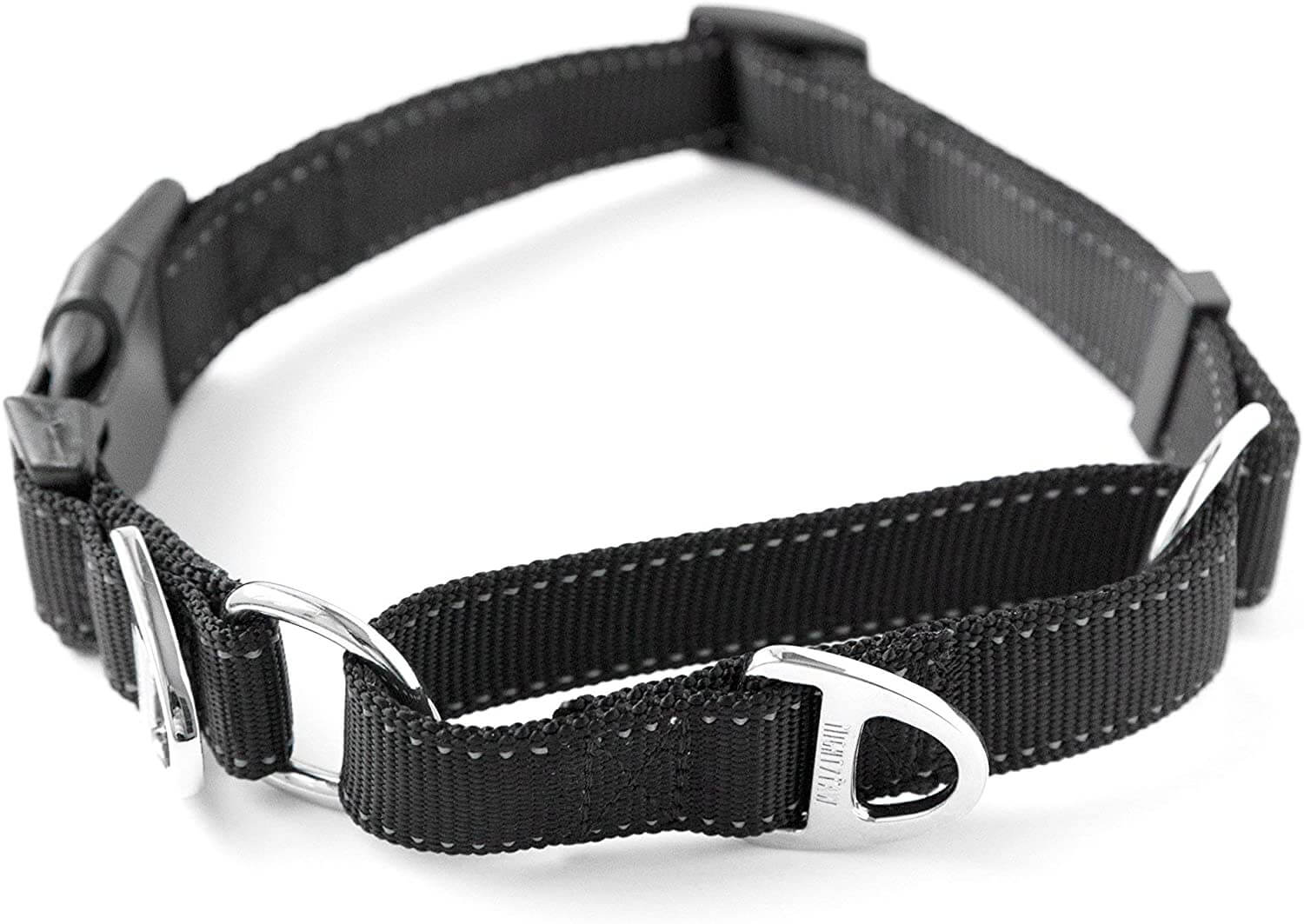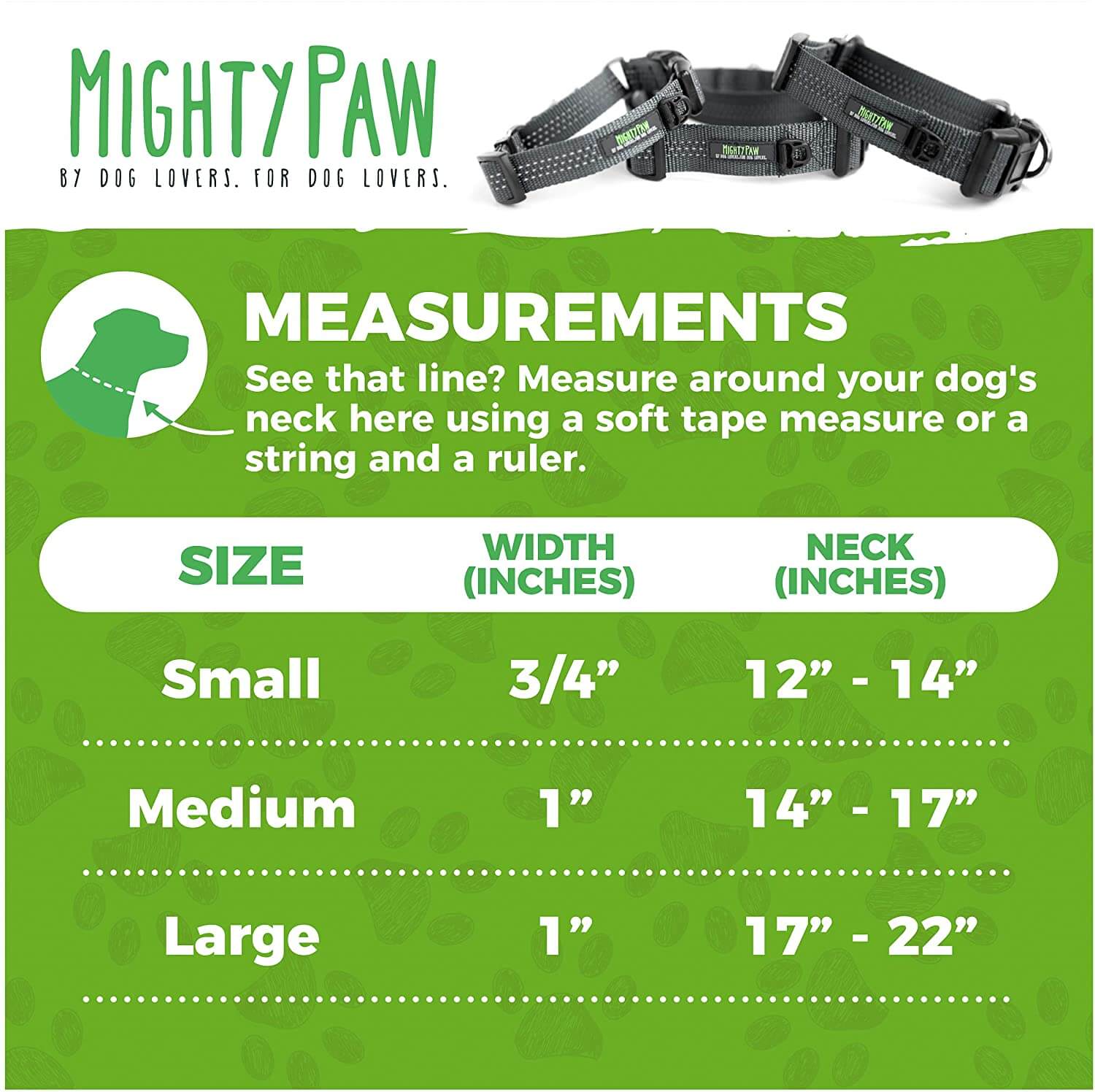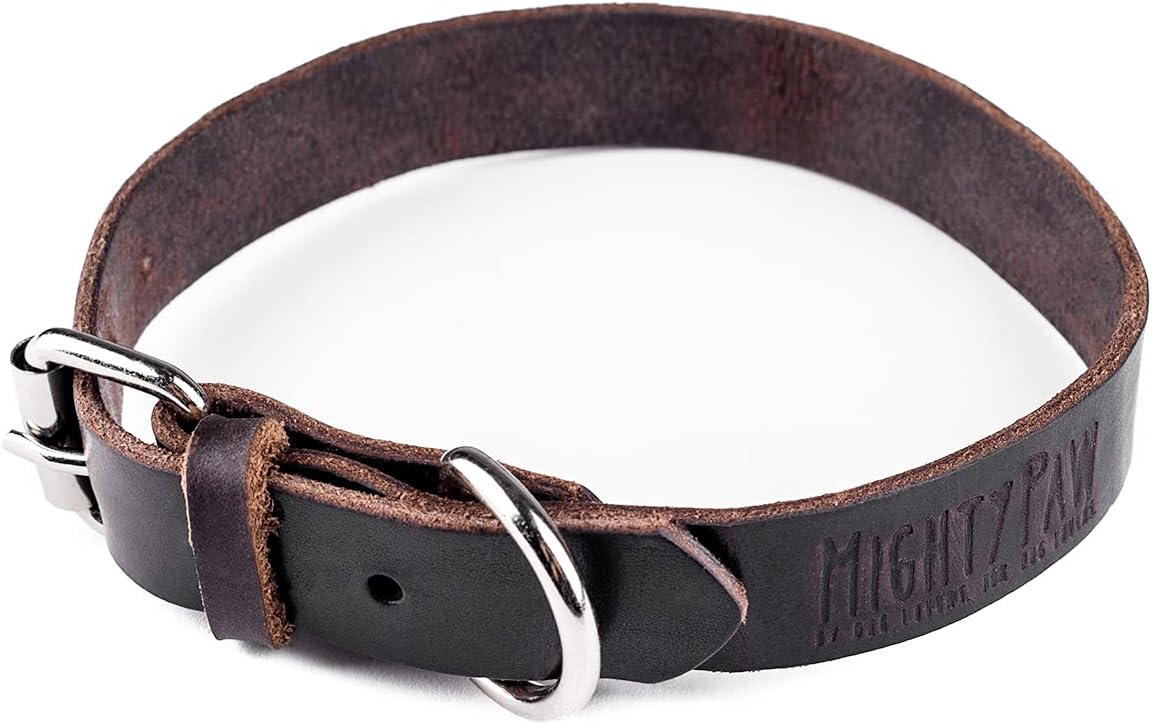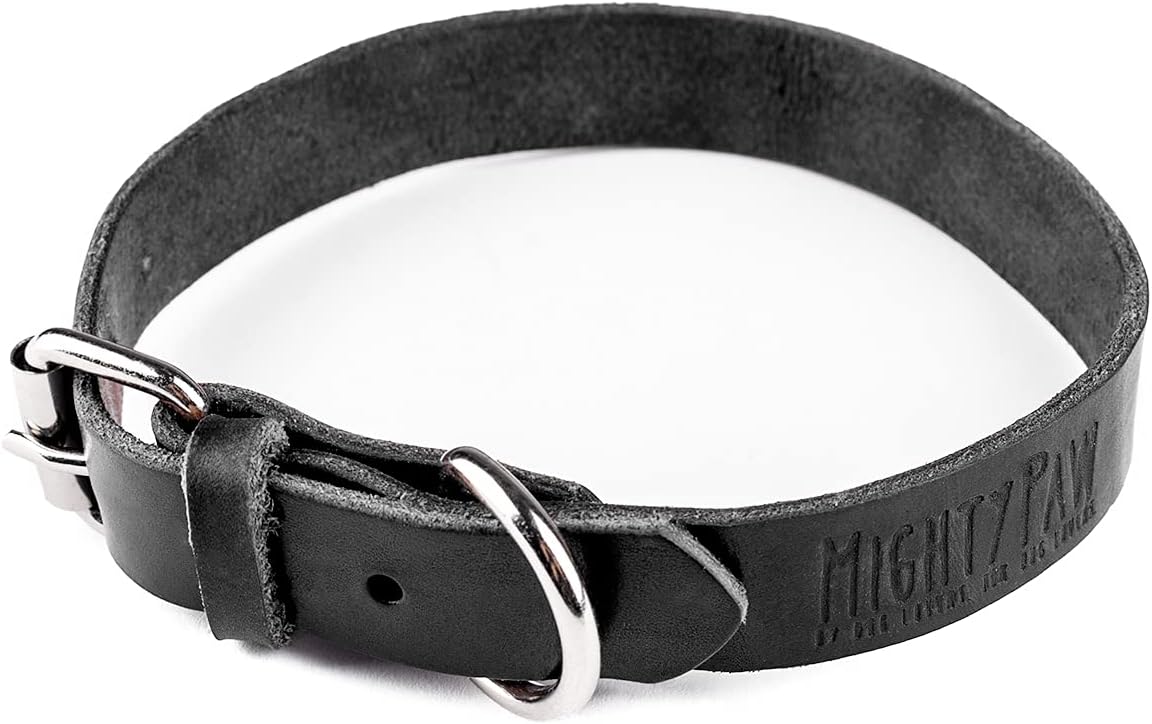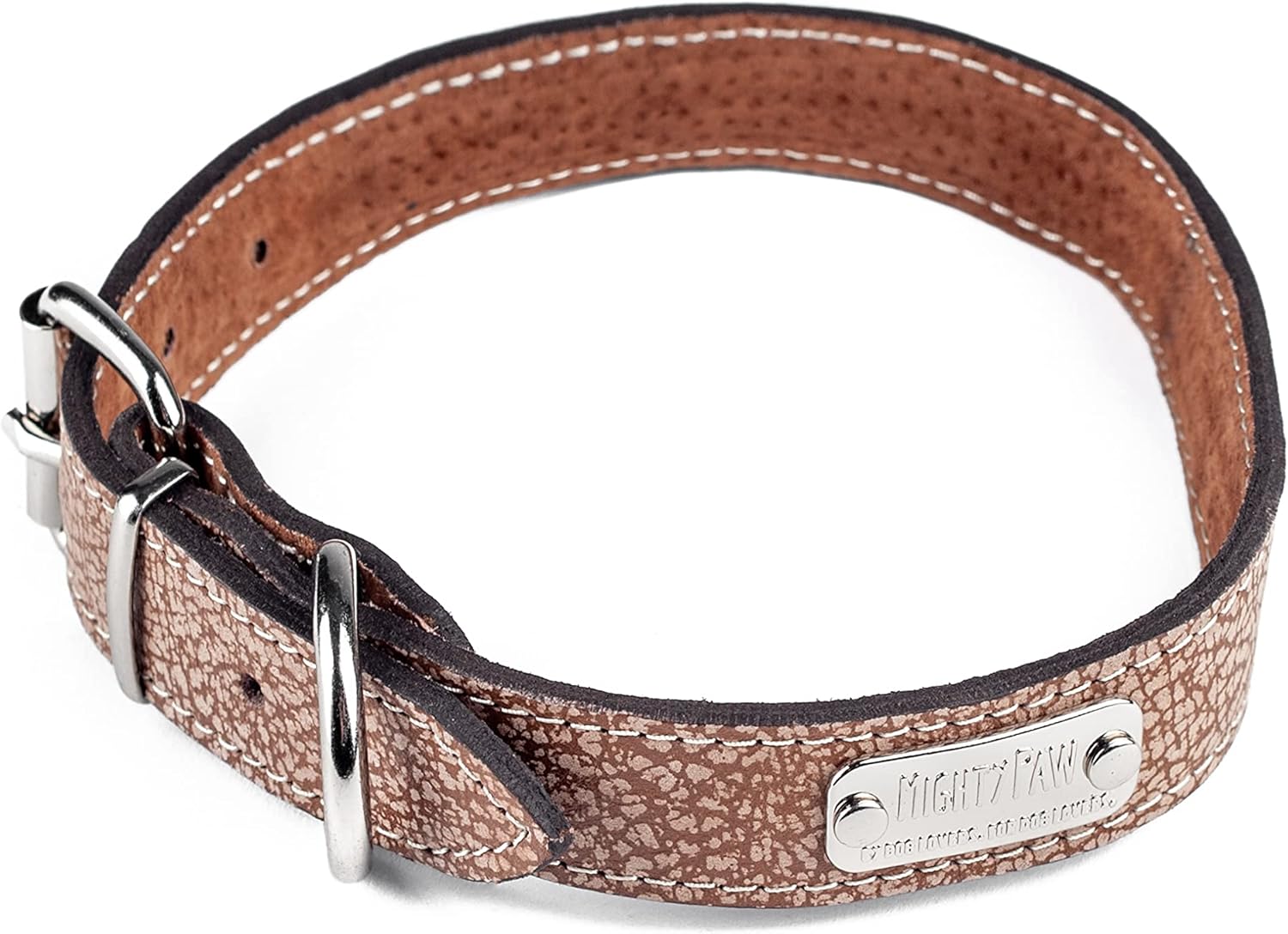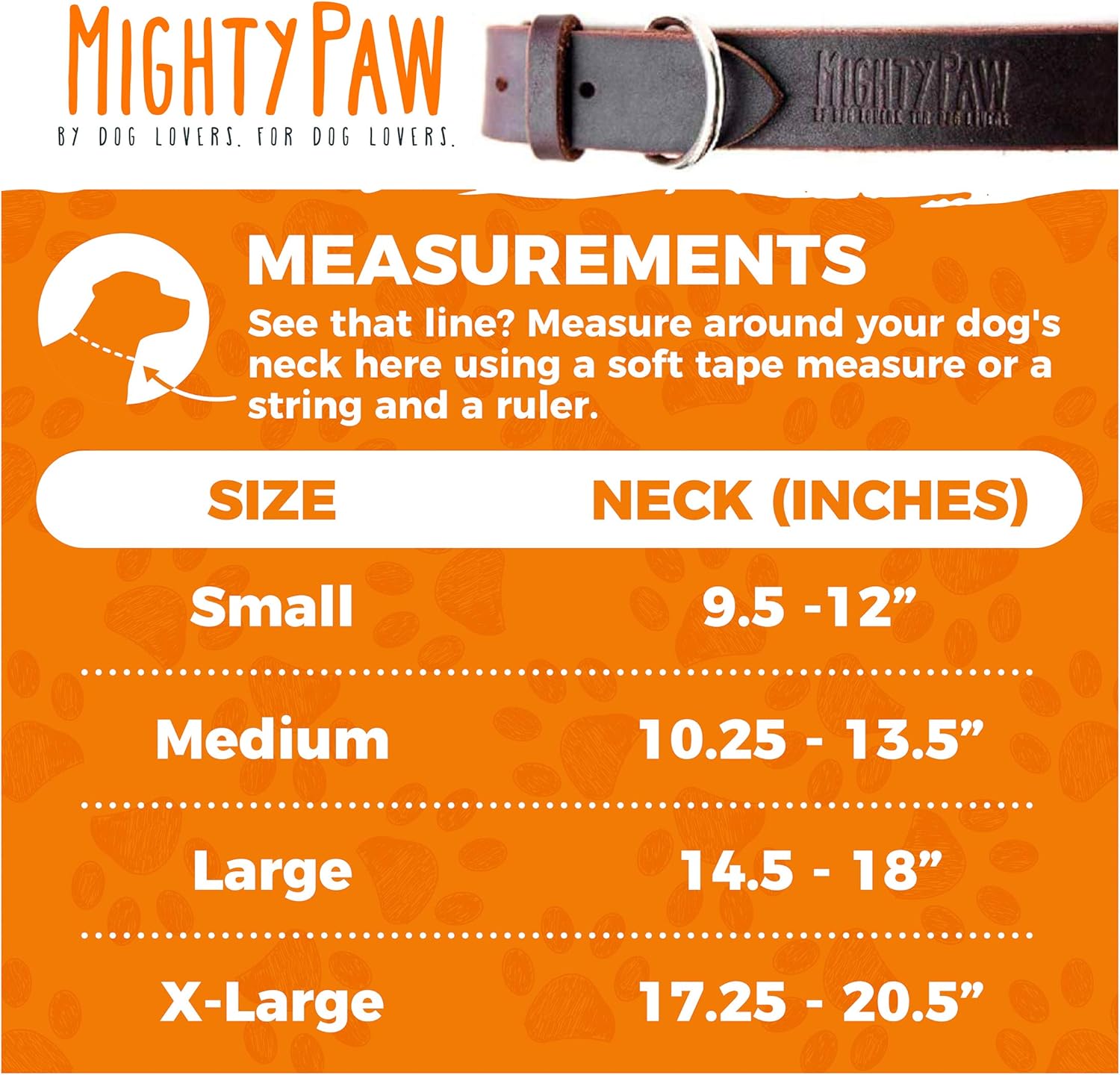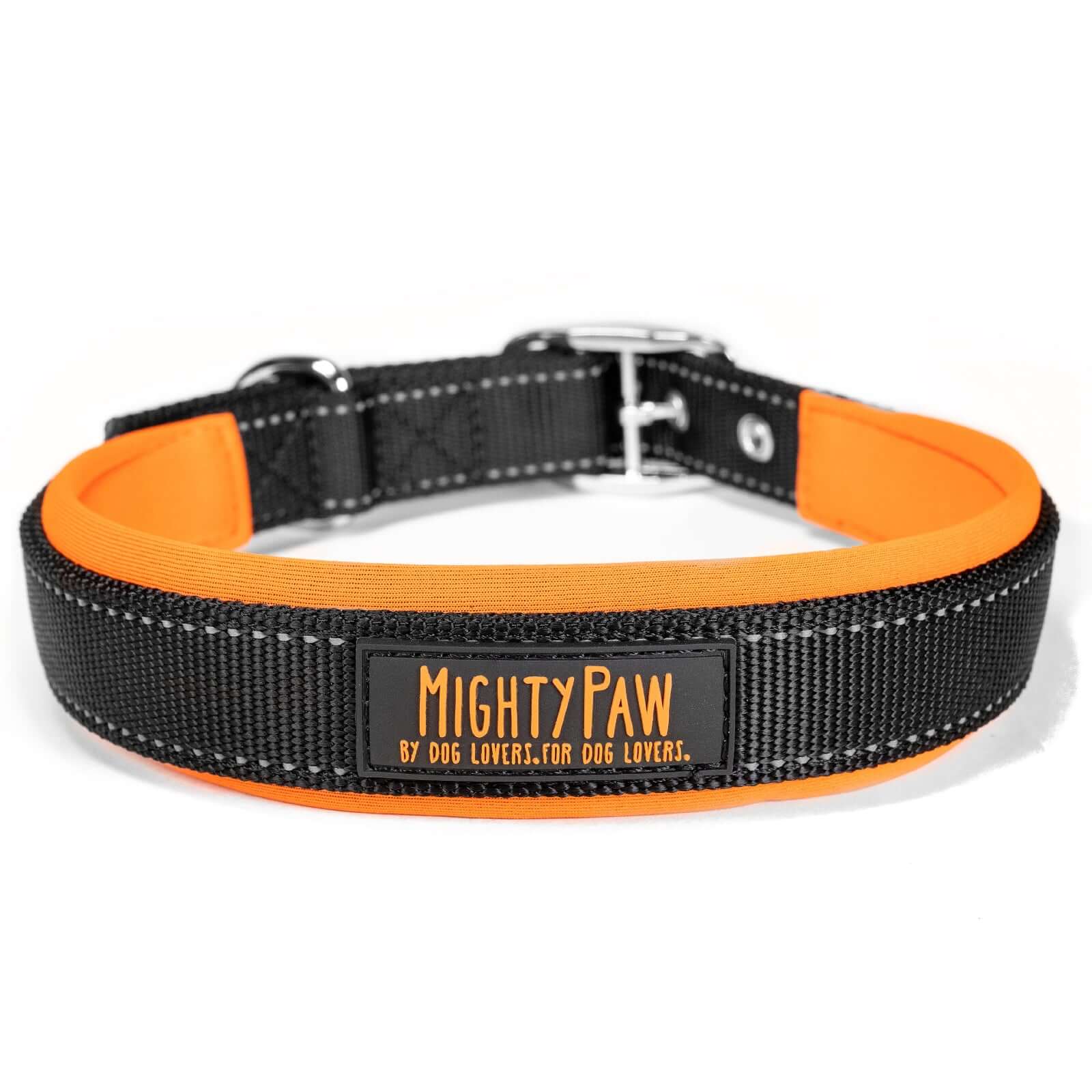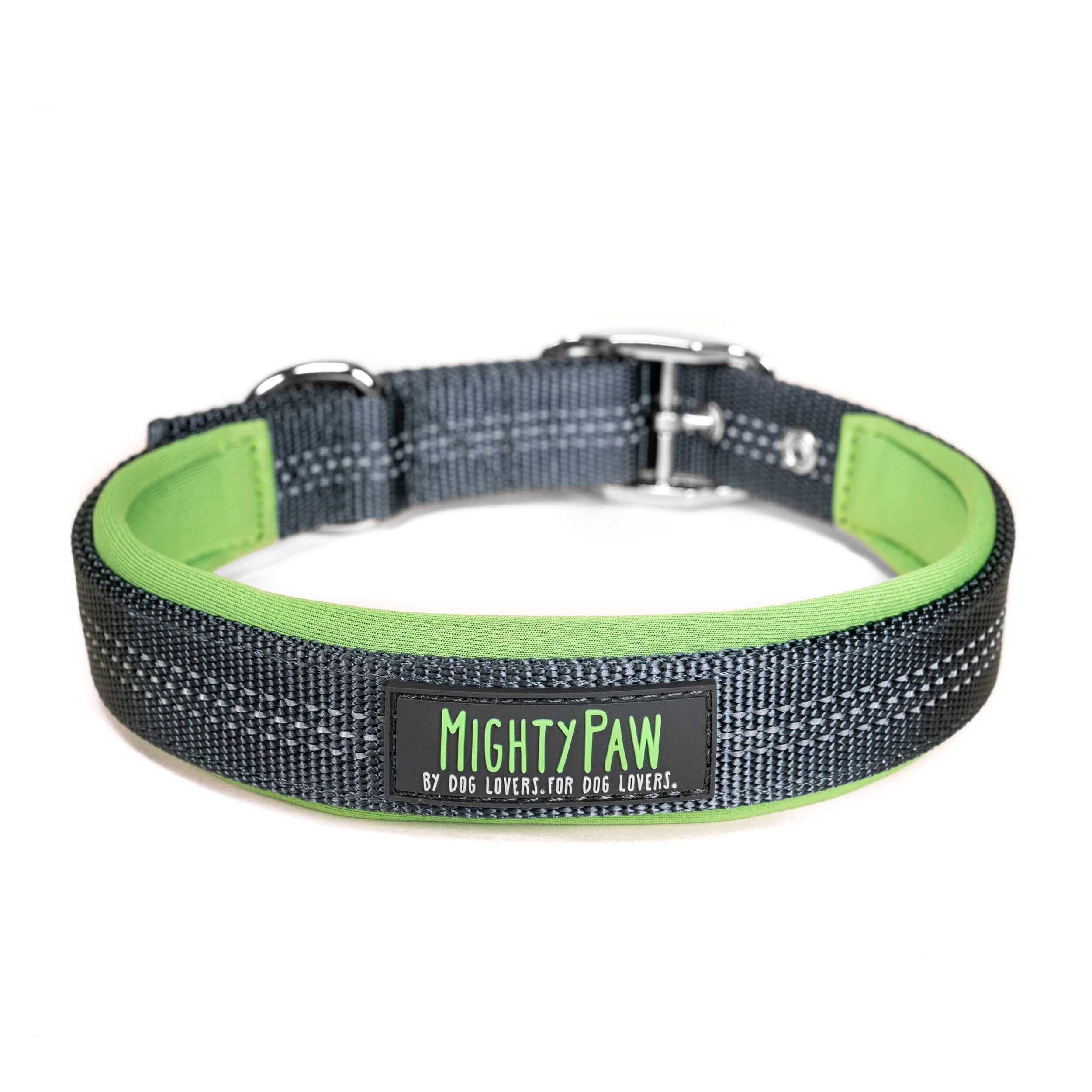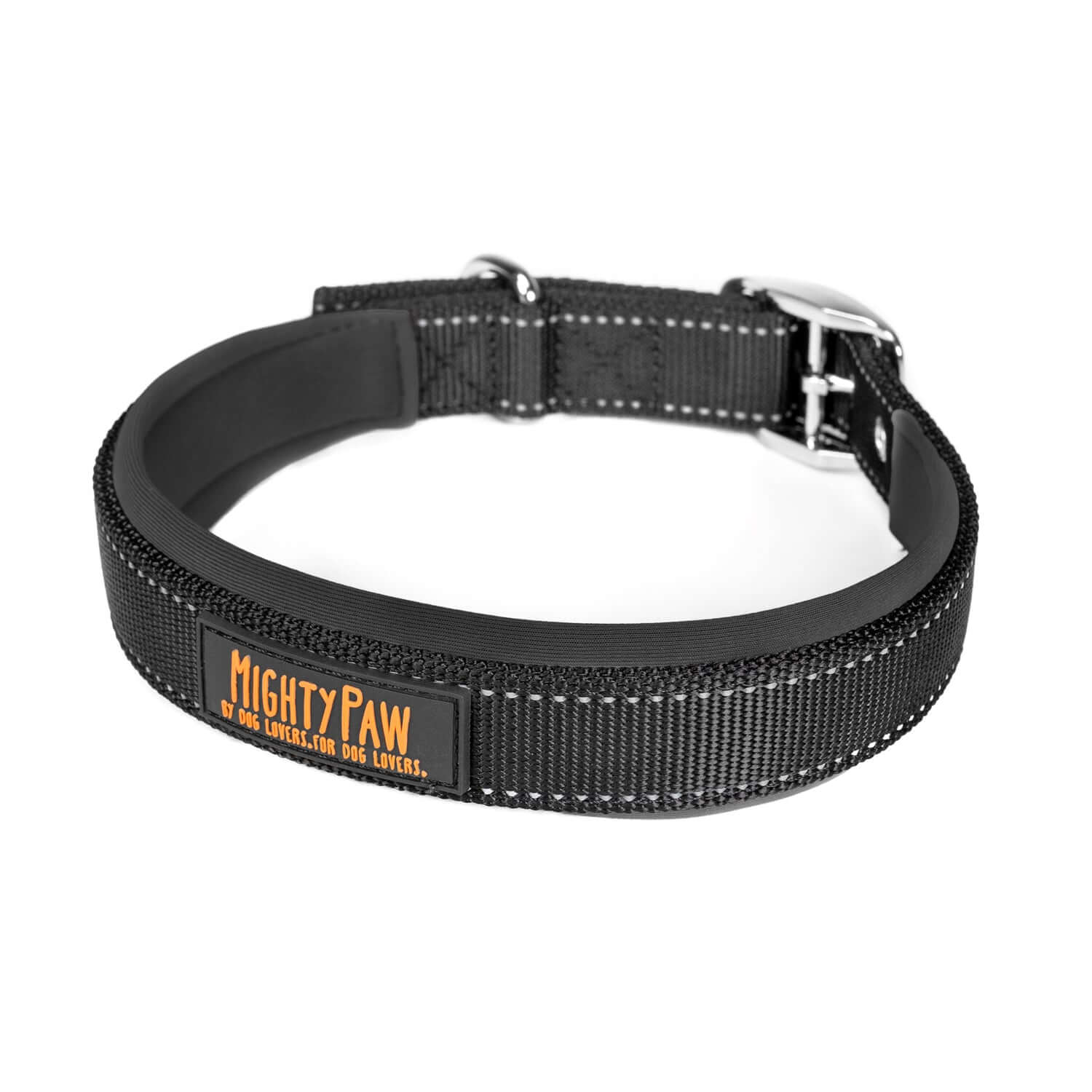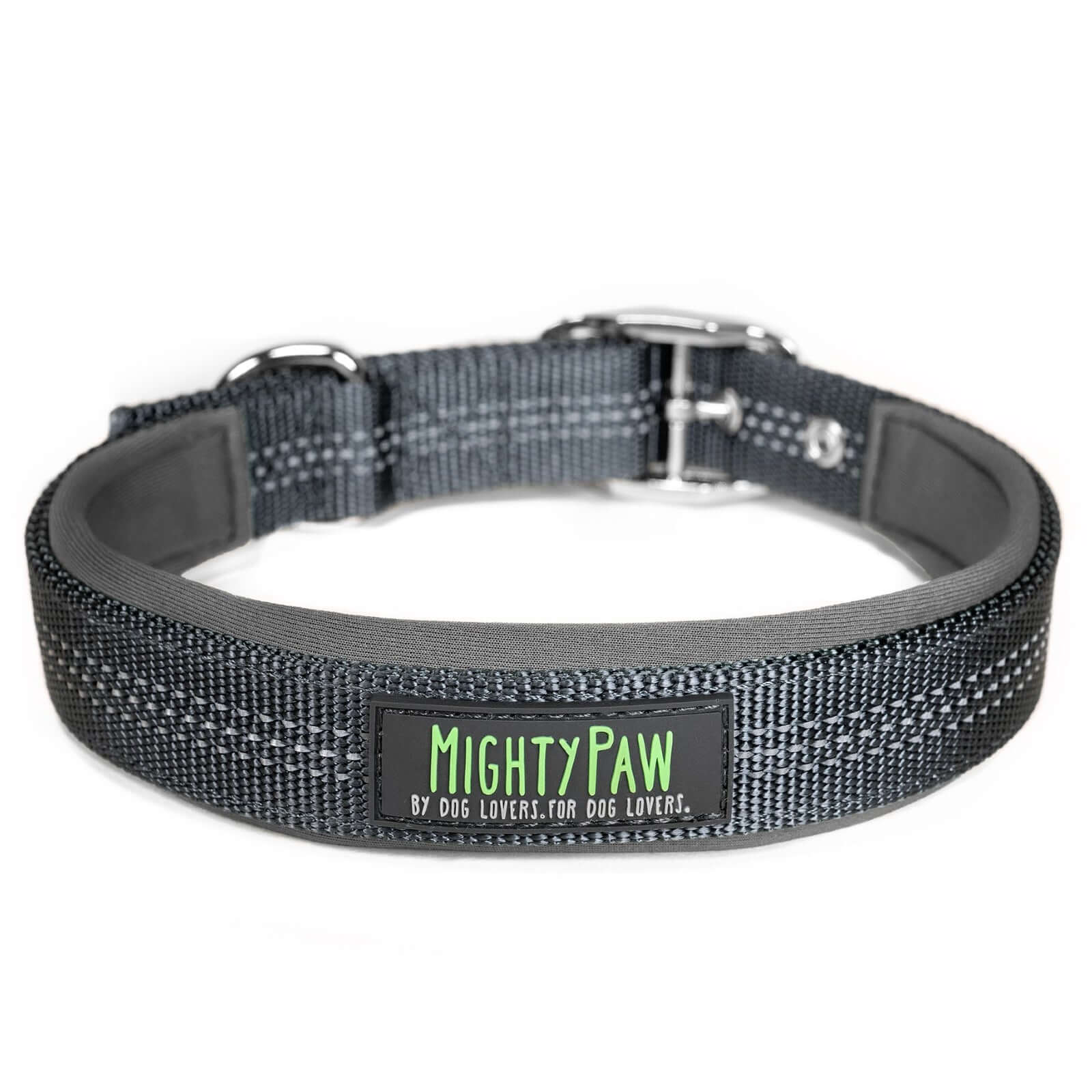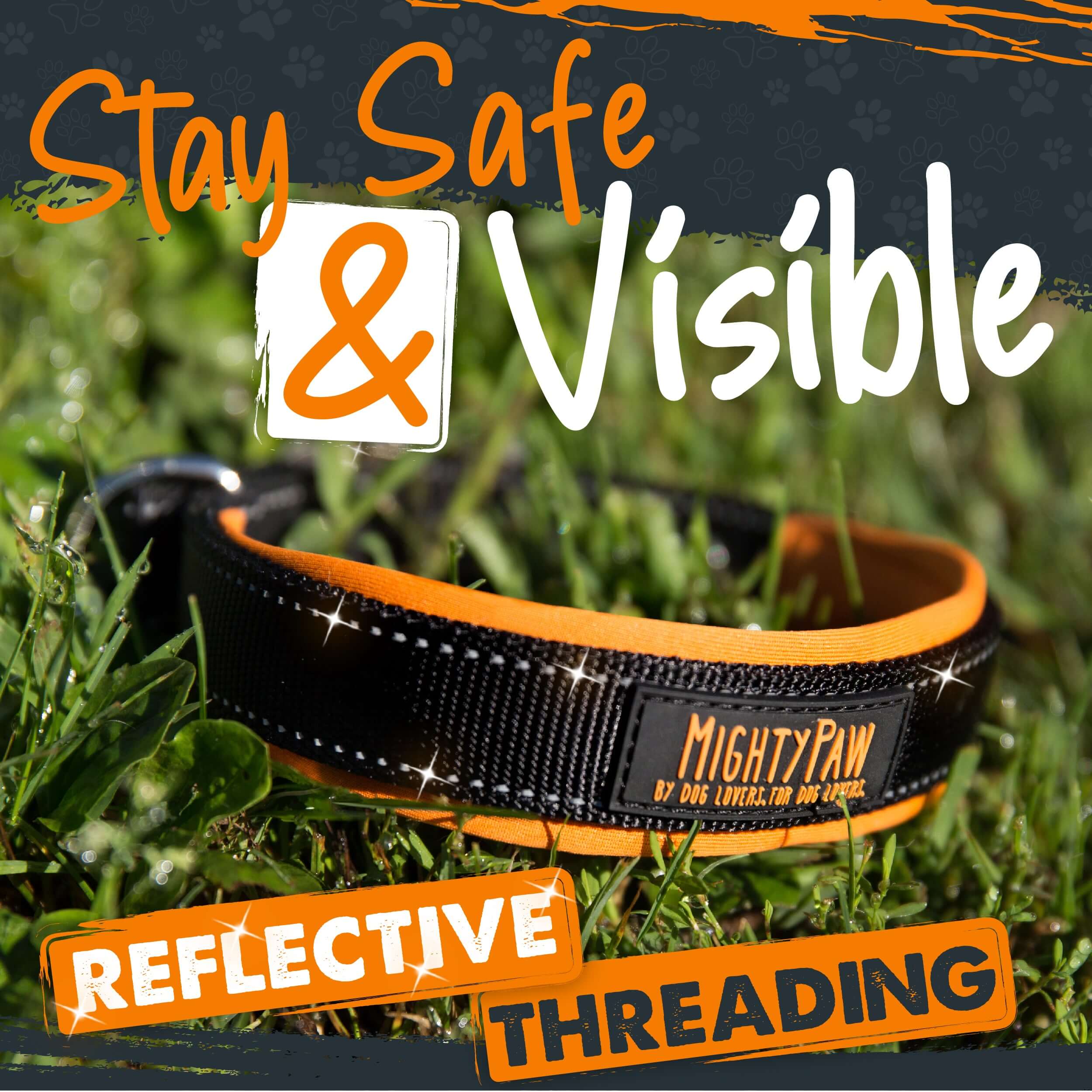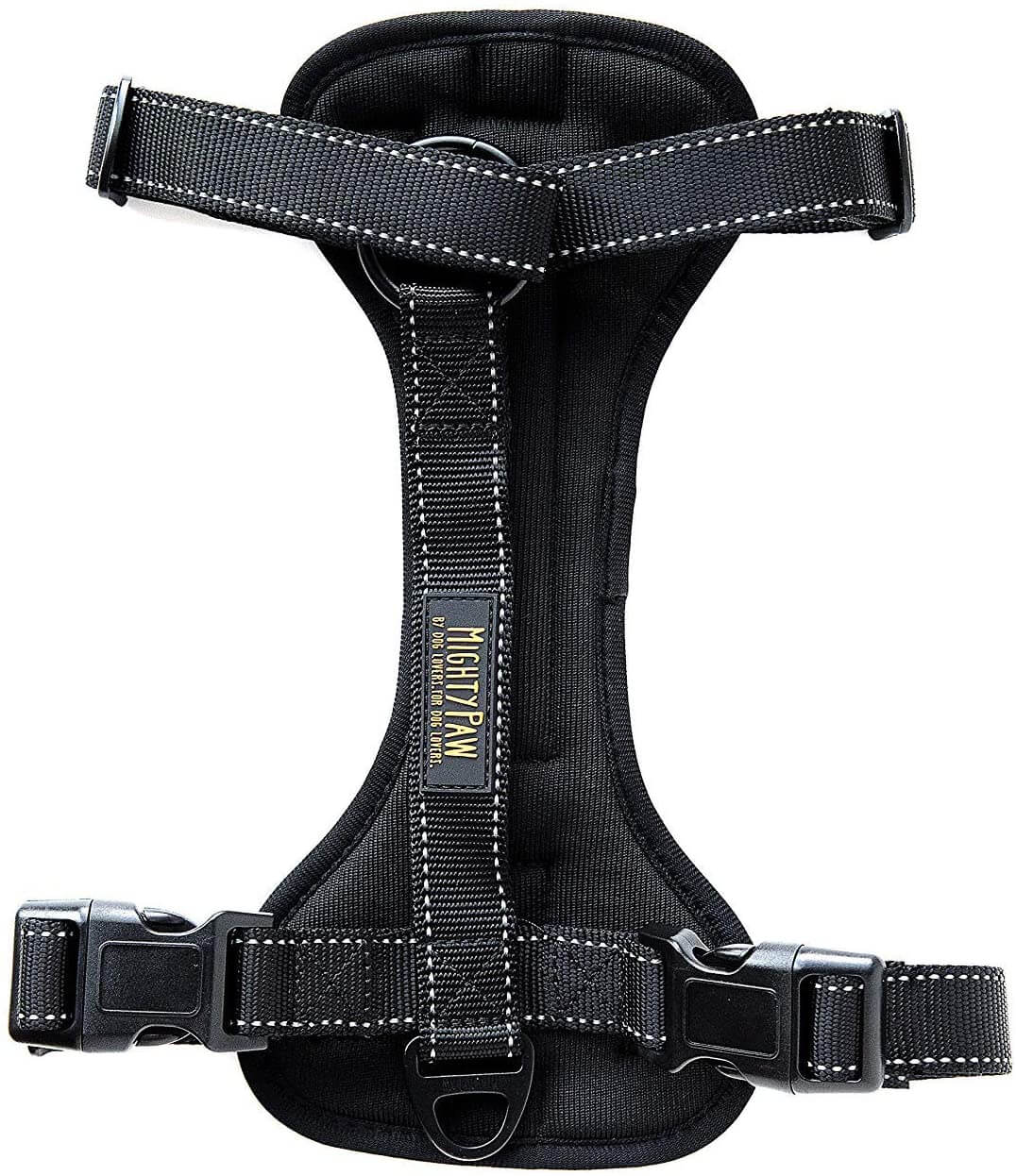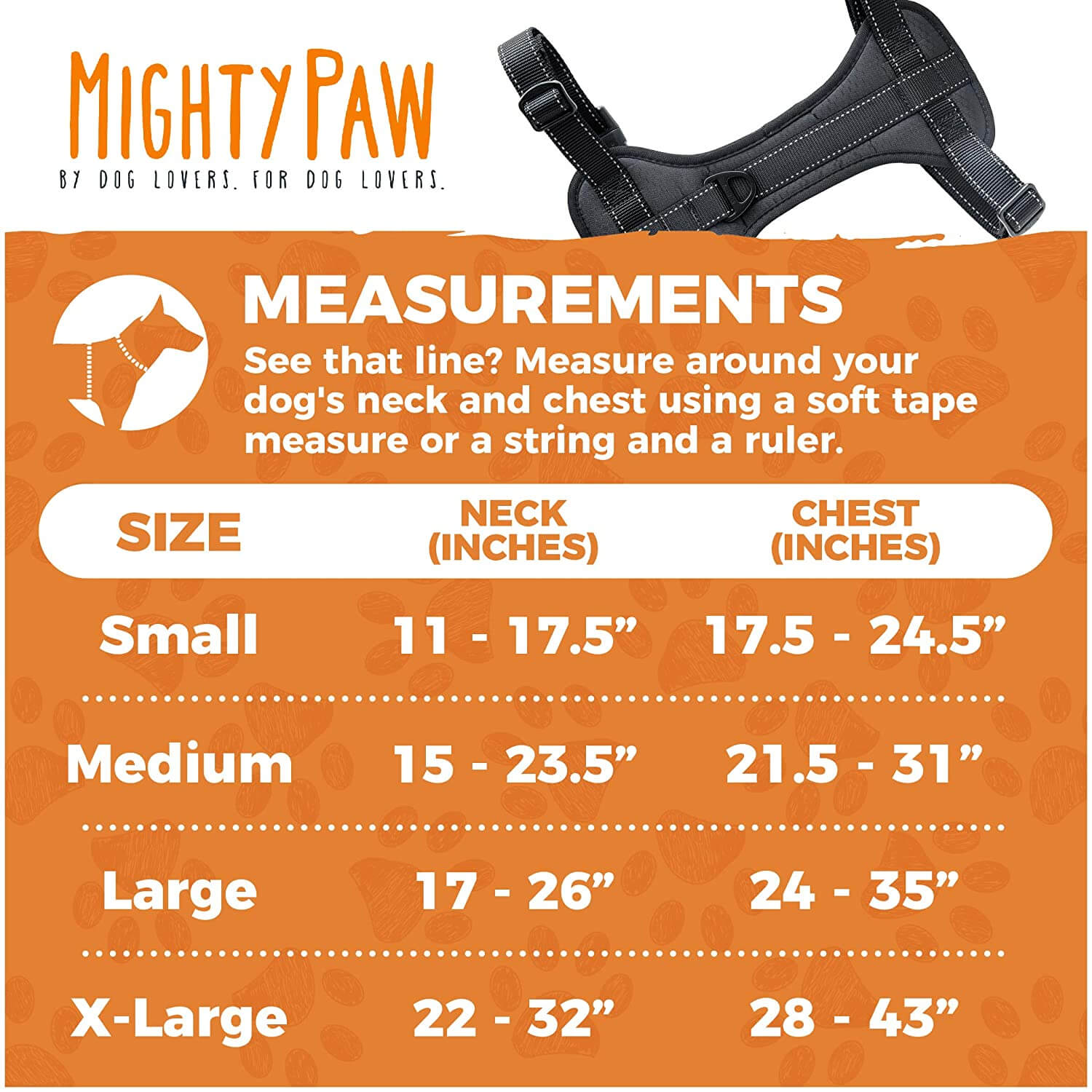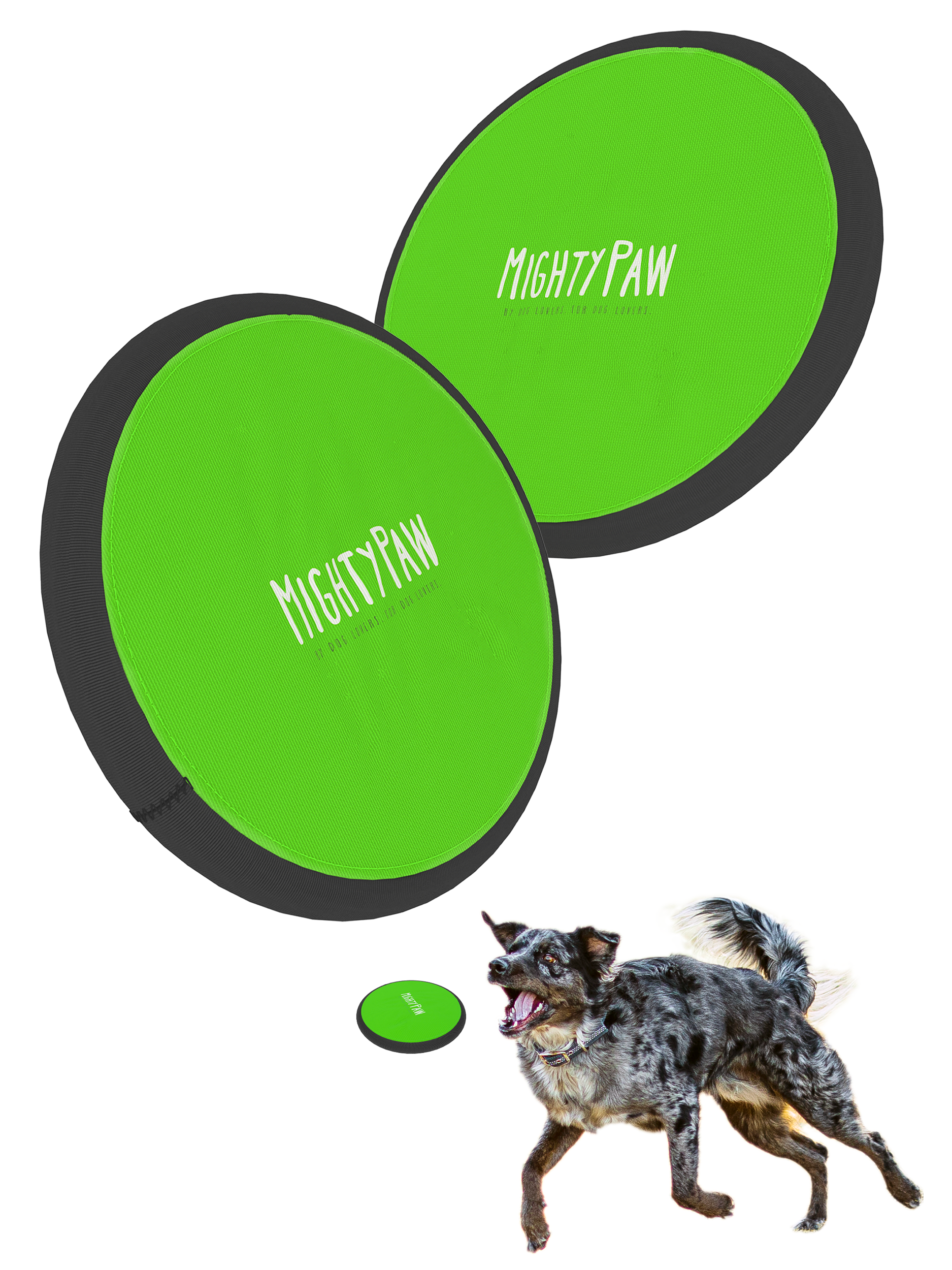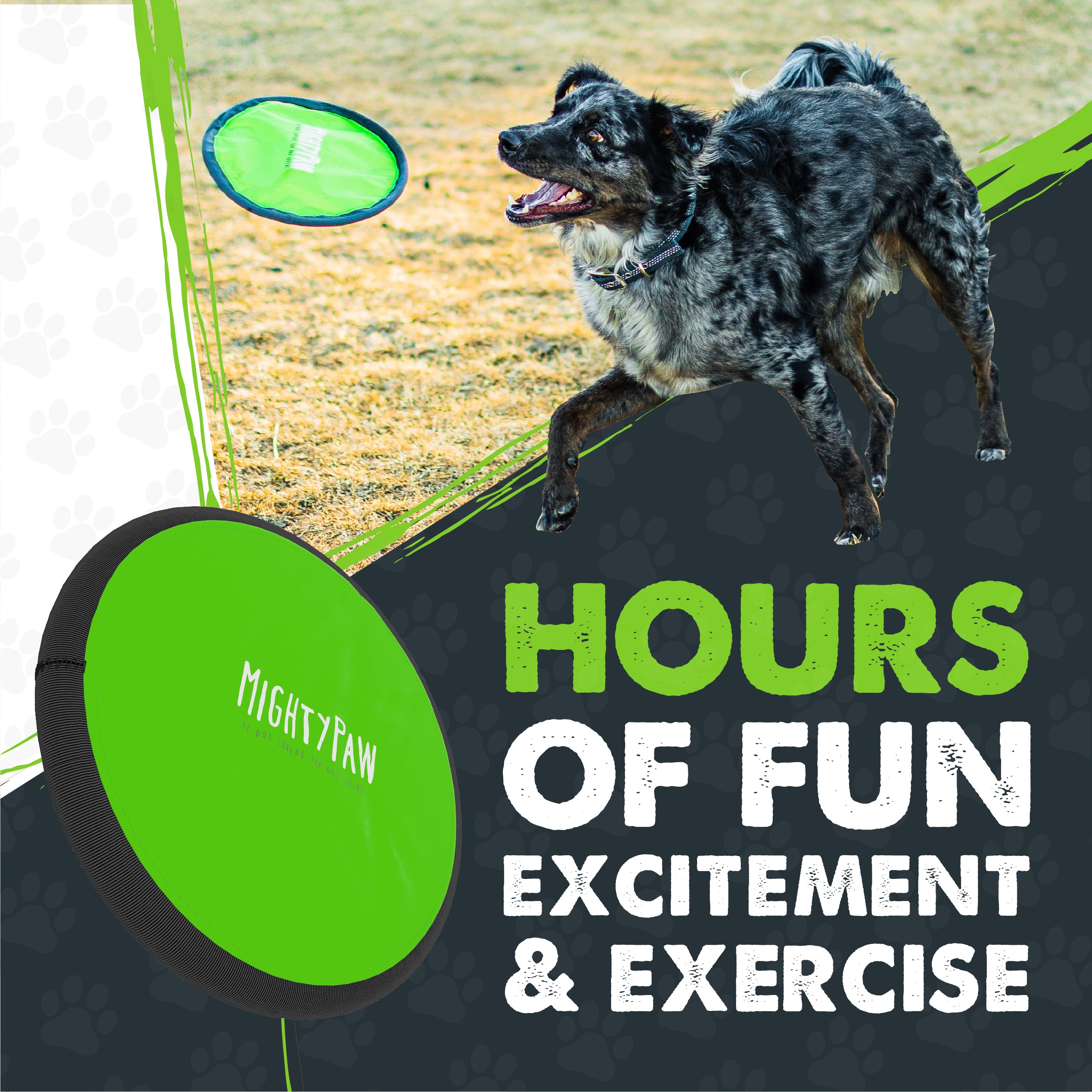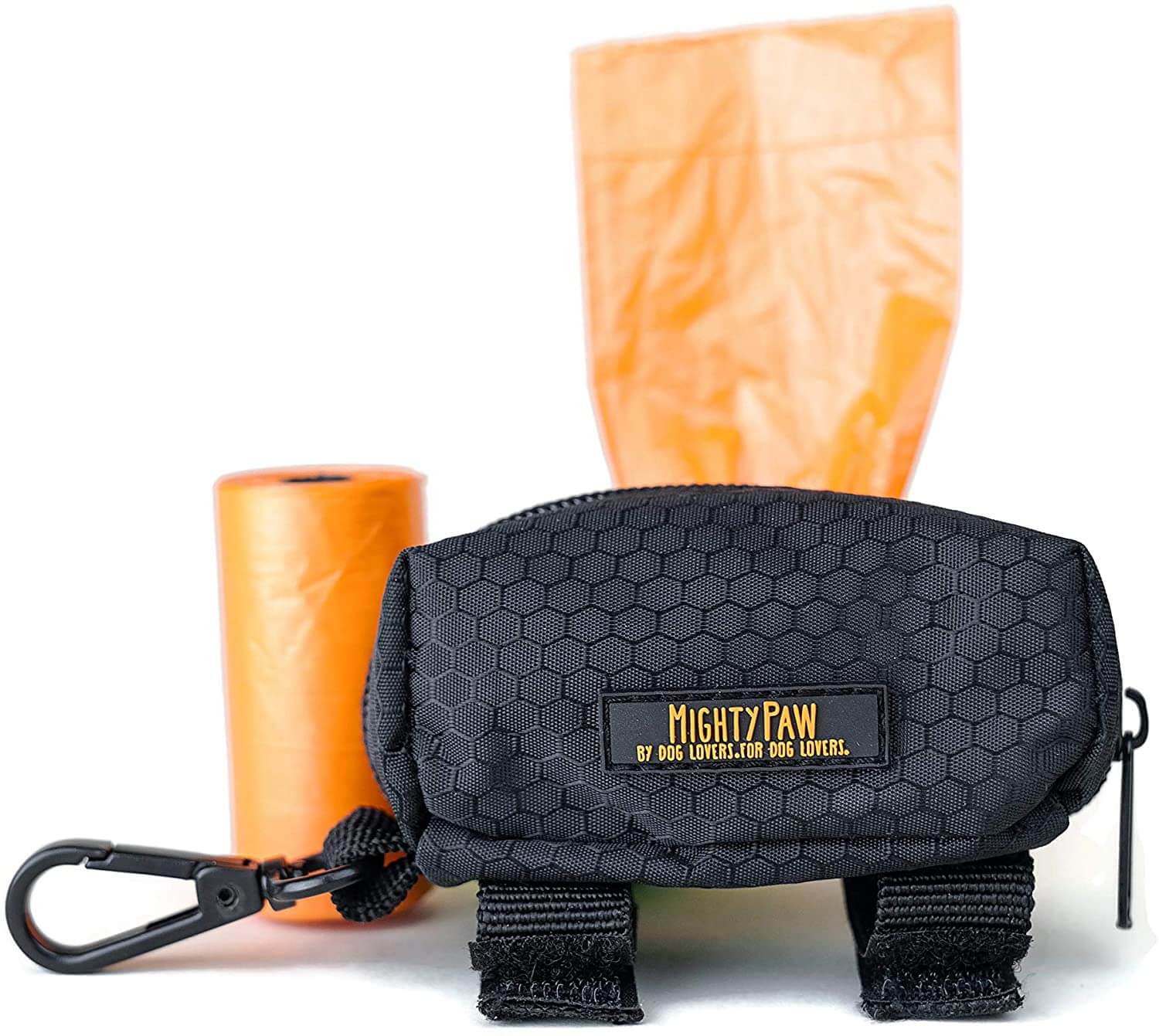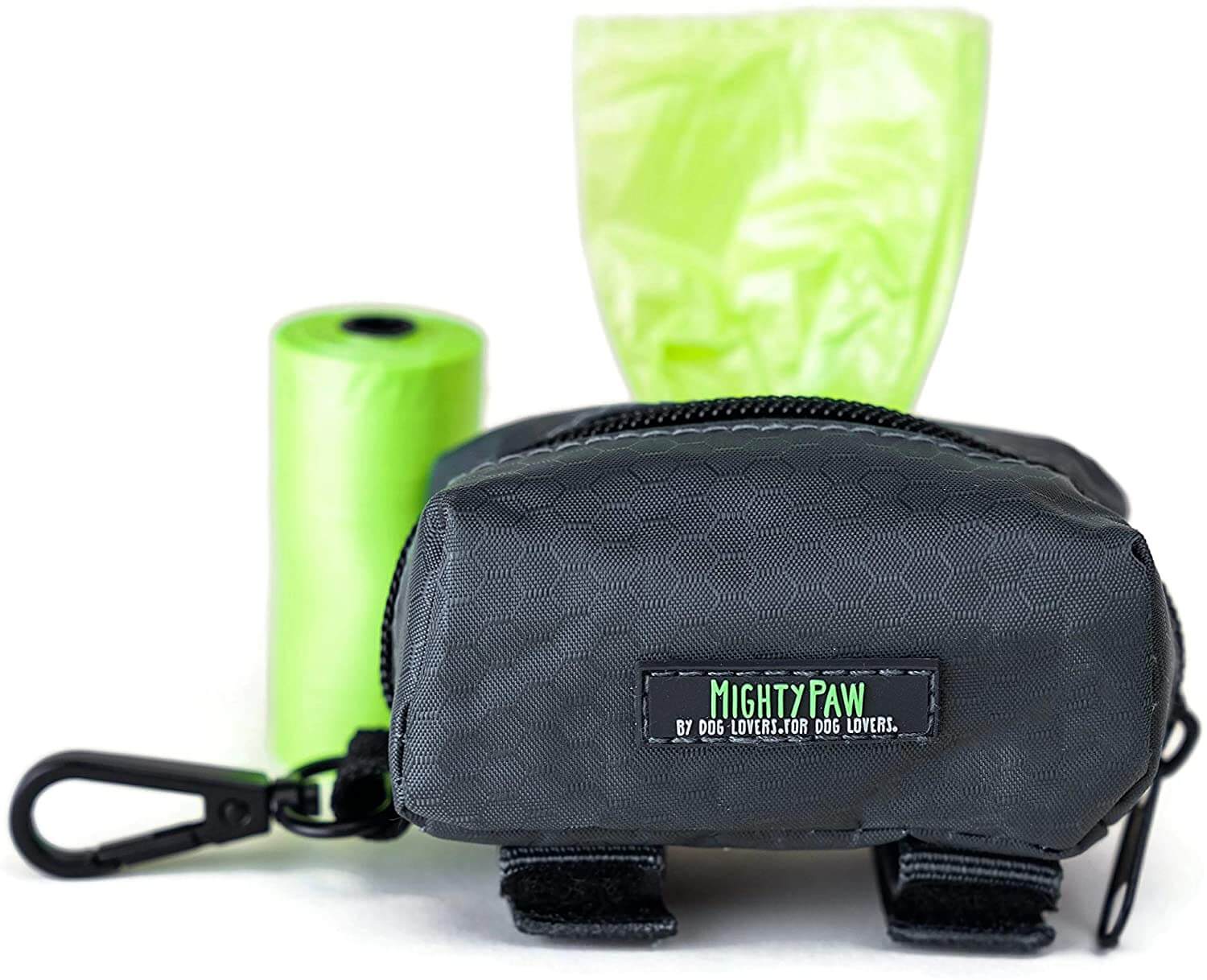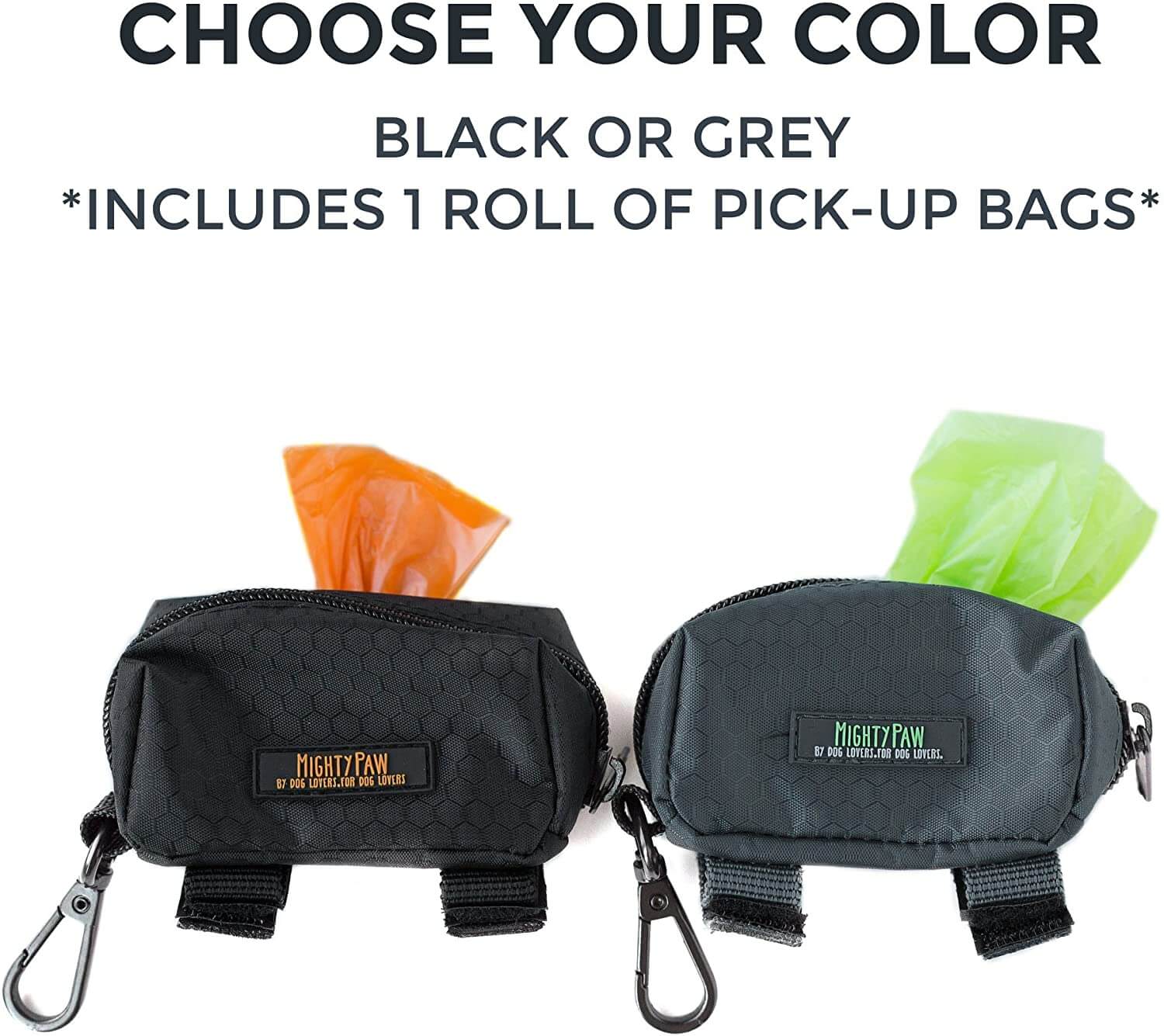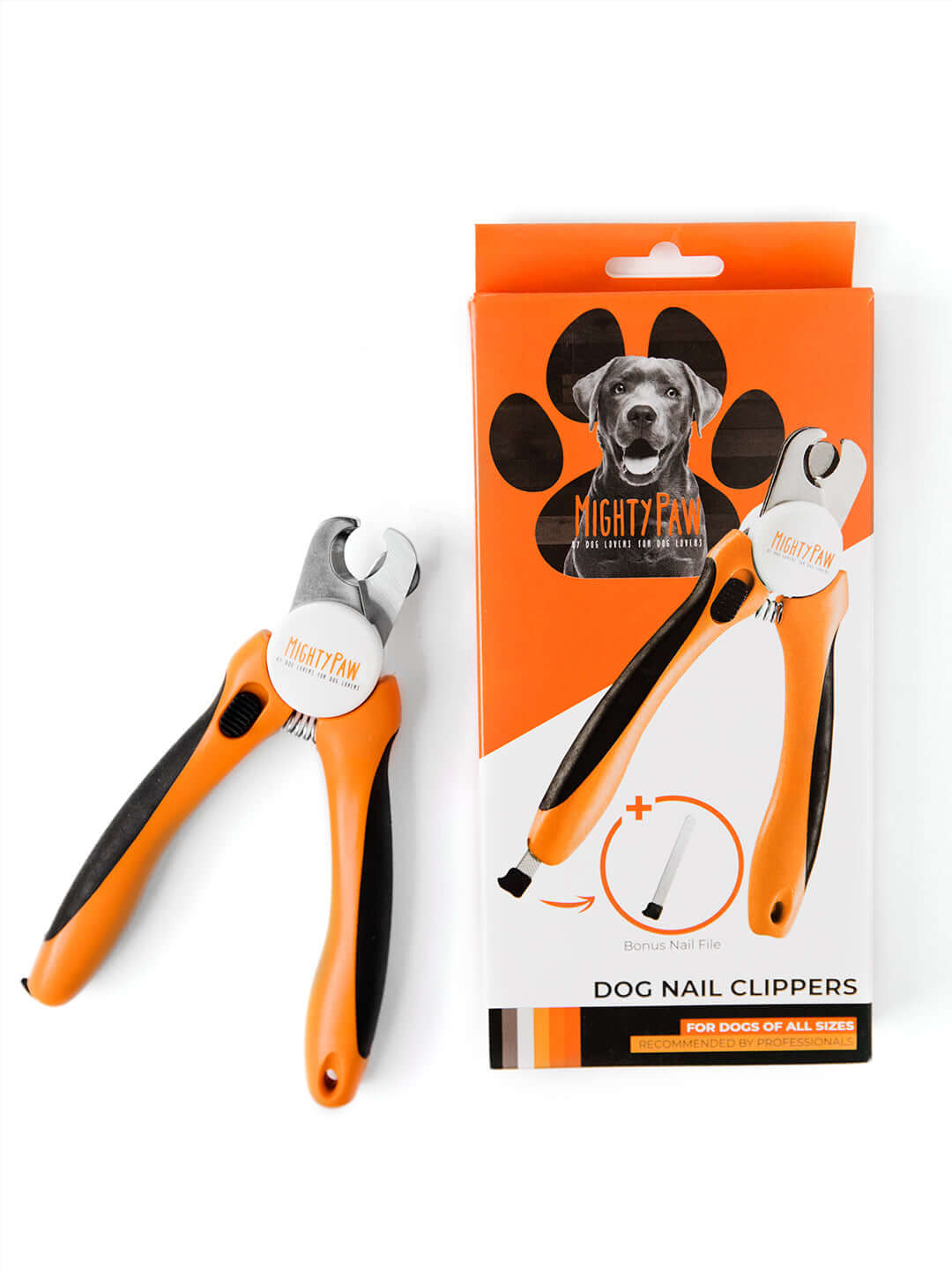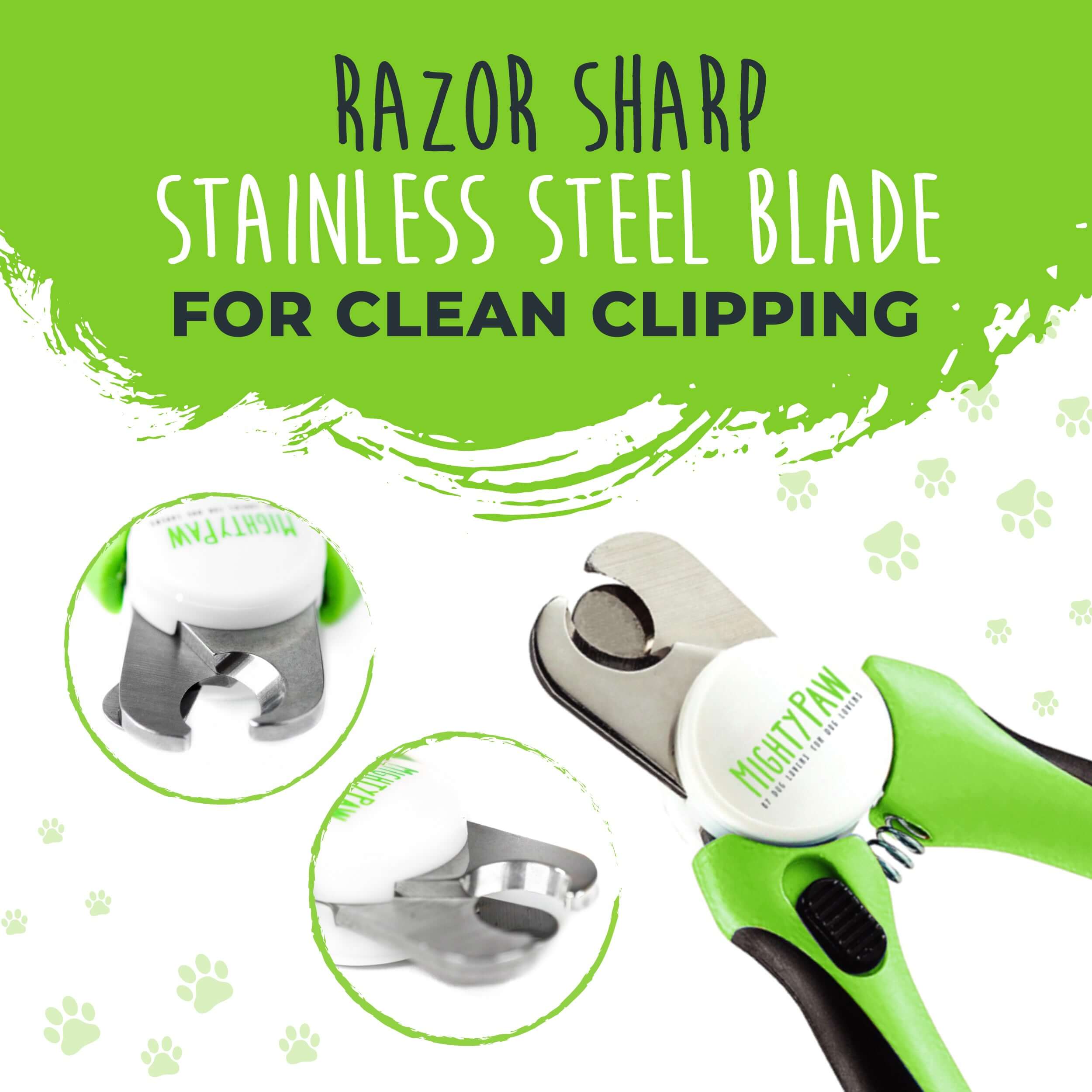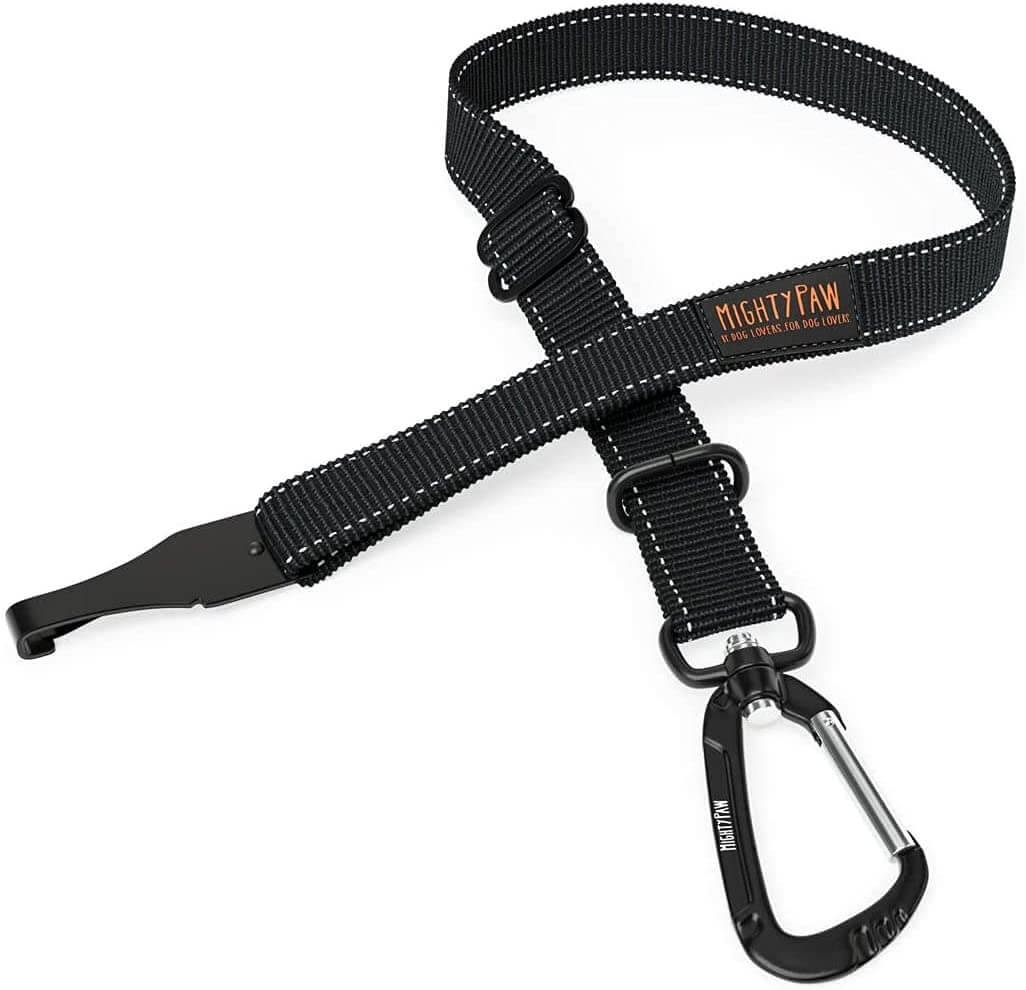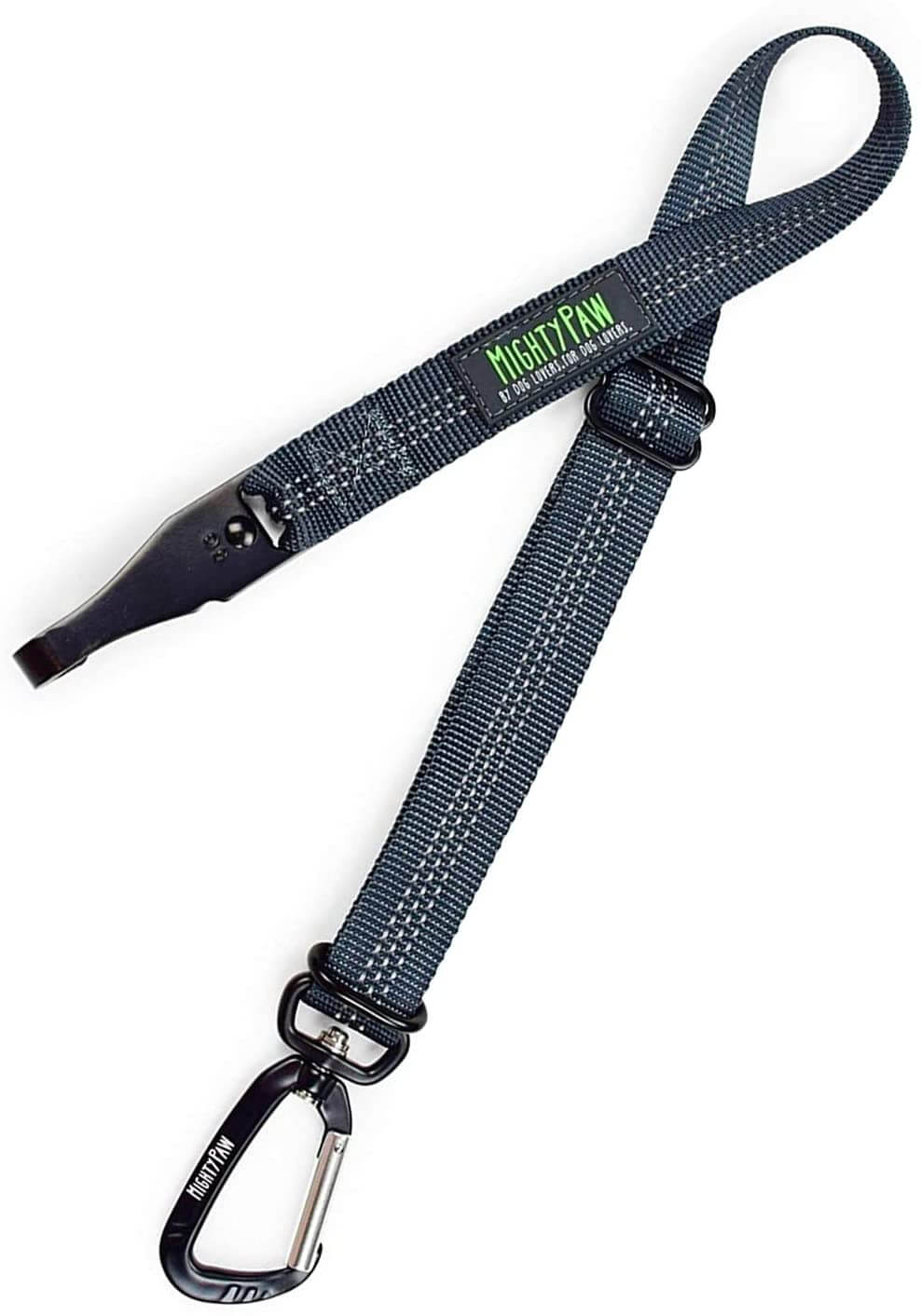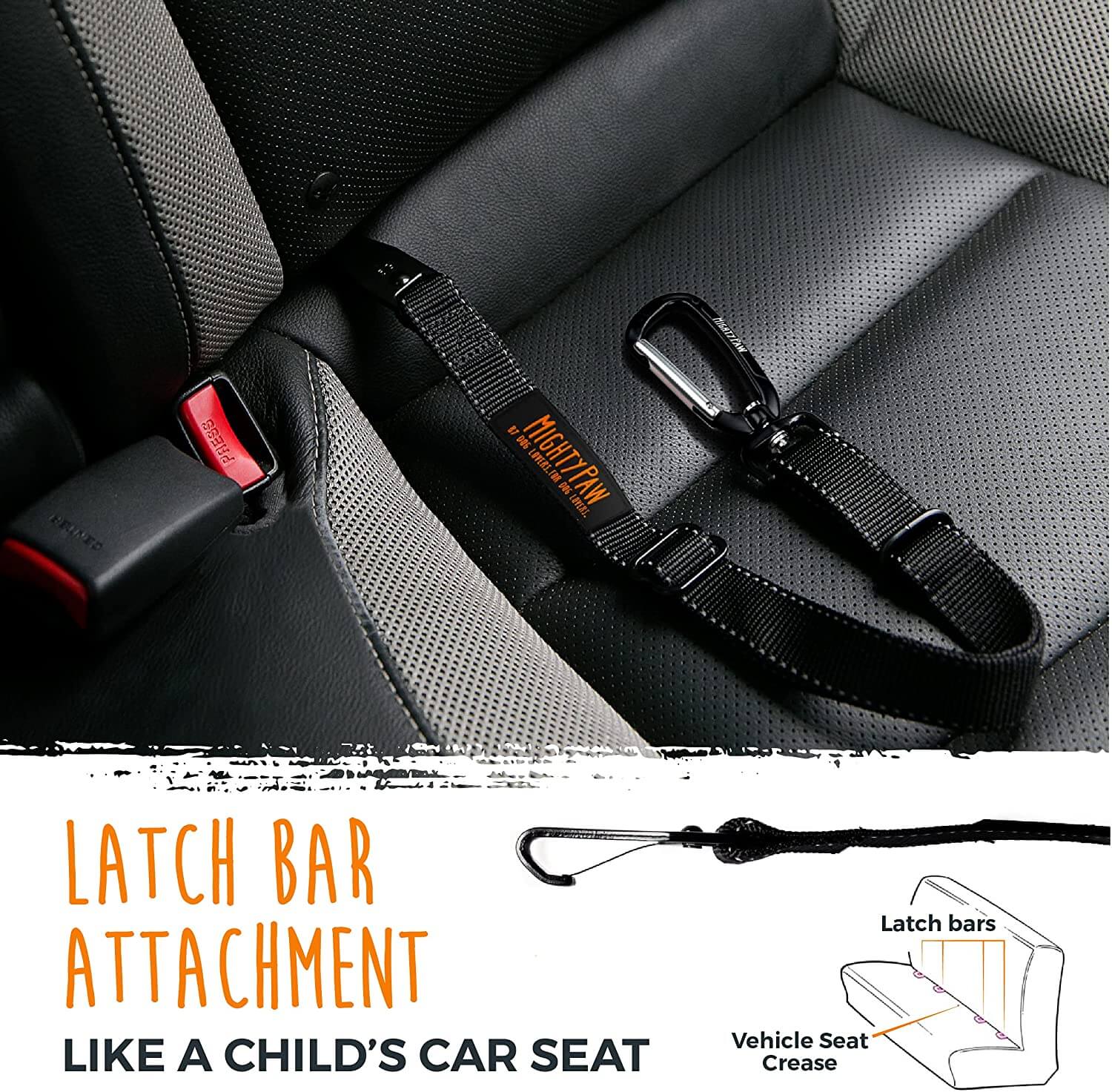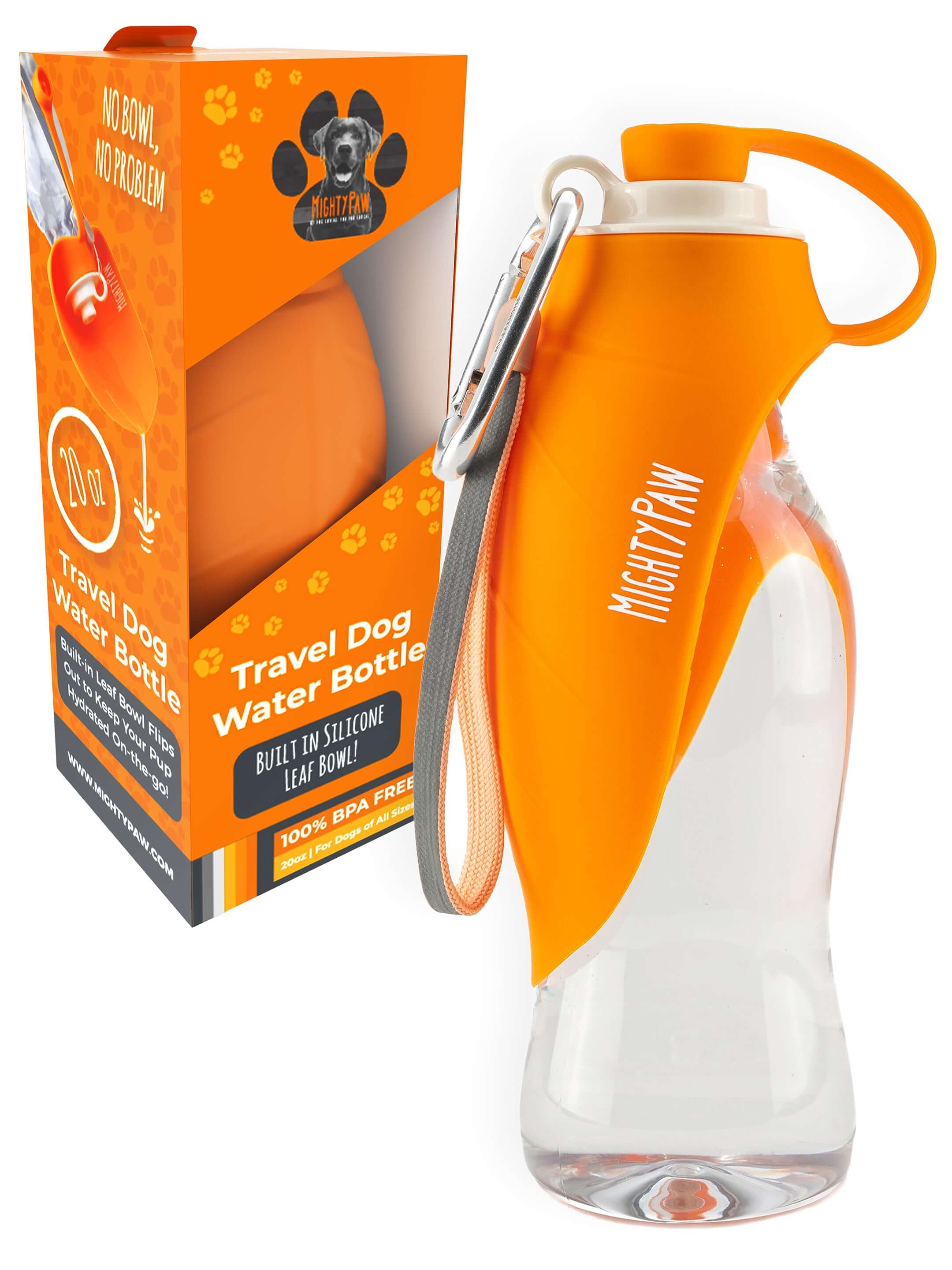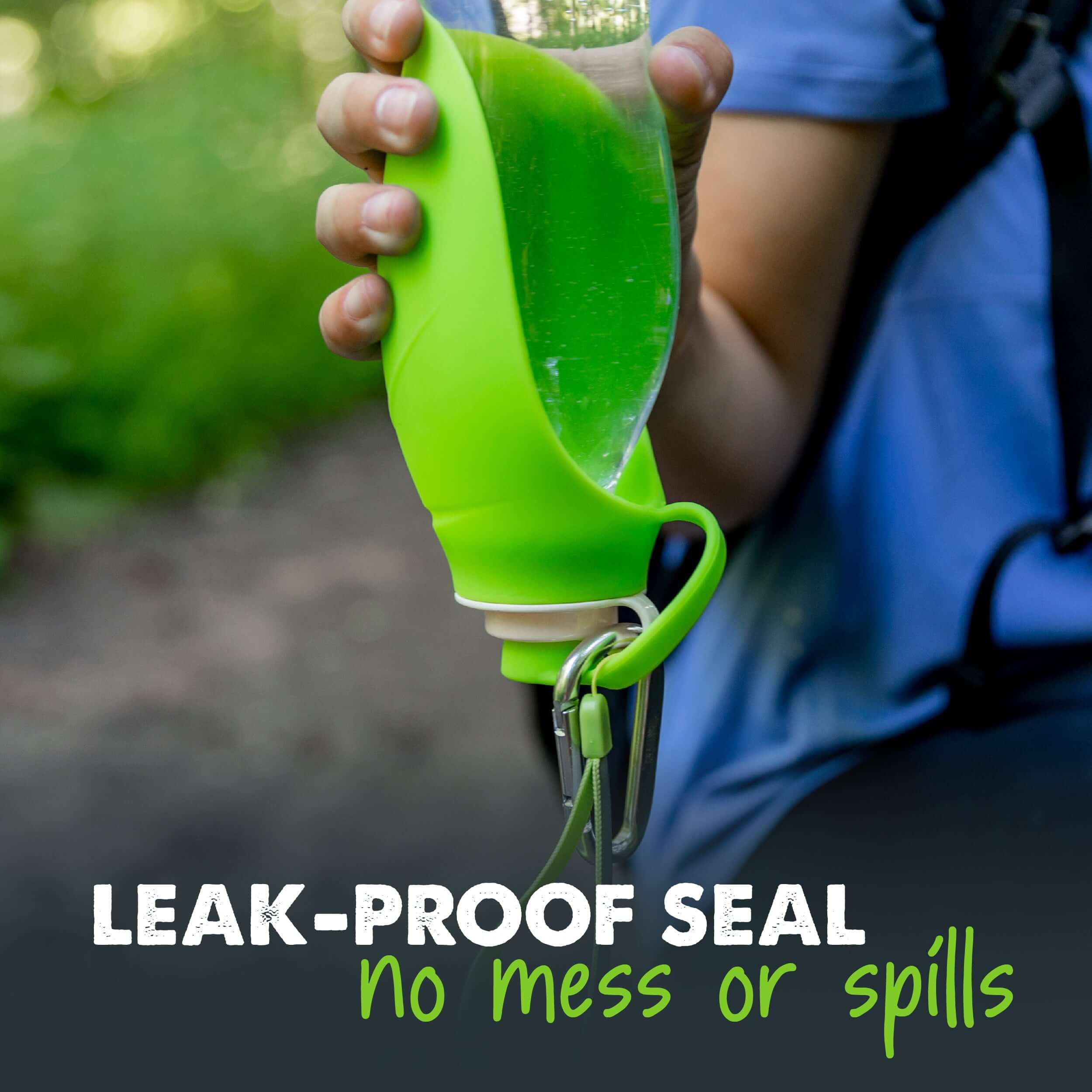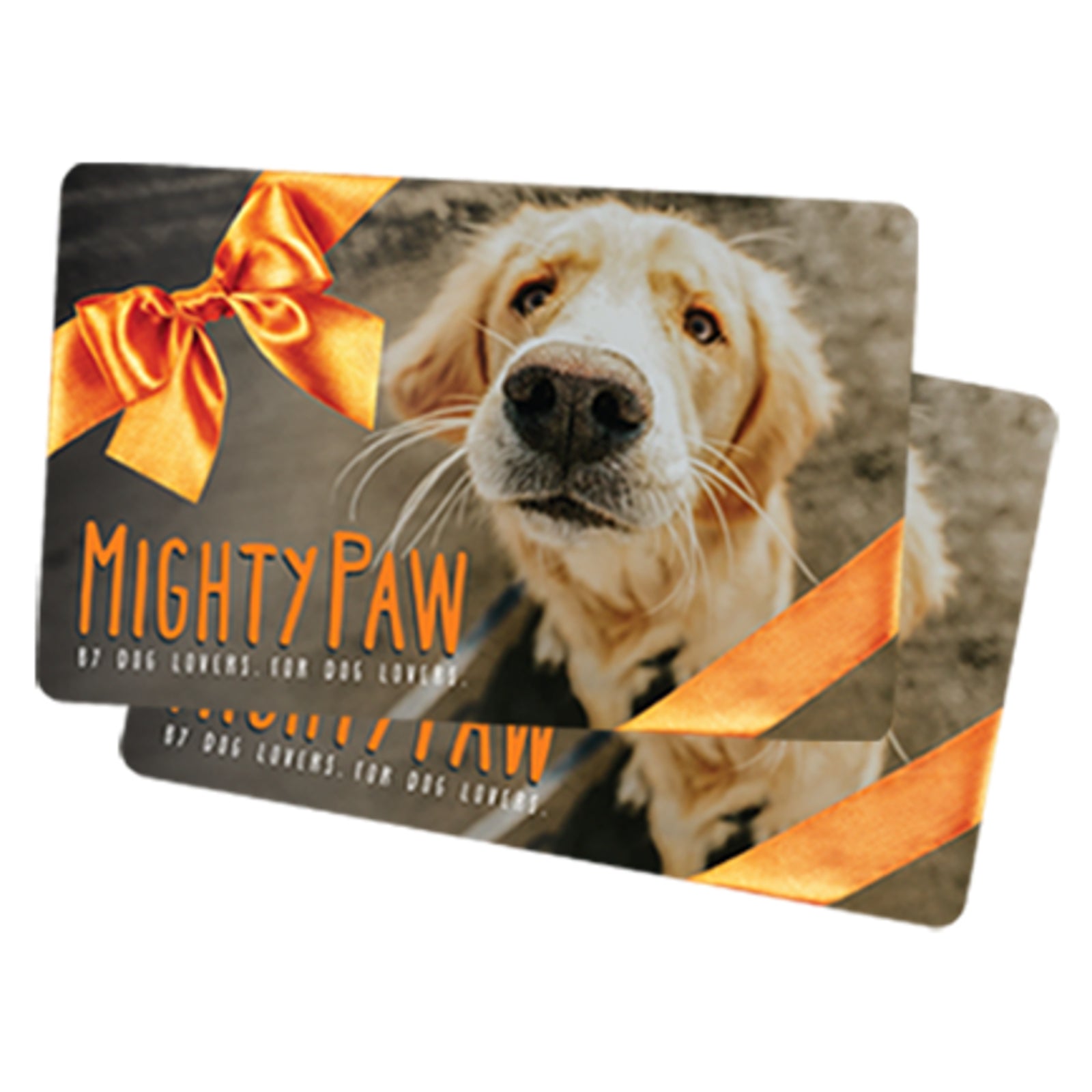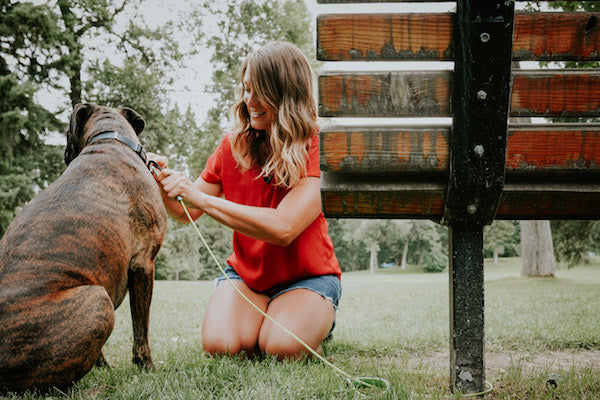Hi Mighty Paw fam, Barbara here again! Have you ever wondered if a hands-free leash might be right for you and your dog? Well wonder no more, because today I'm going to be talking about the pros and cons of hands-free leashes for dogs.
Pros of hands-free dog leashes
Like the name implies, the main benefit of this type of dog leash is that you don't need your hands to hold it.
Instead, you clip it onto a belt that you're wearing around your waist. Because of this, your hands, wrists, arms, and shoulders won't experience any strain while walking your dog.
Reasons to use a hands free leash for dogs

1. Walking well-behaved dogs
Well-behaved pups who already know how to walk politely on leash are the perfect candidates for a hands-free walking experience.
You'll be able to easily walk them next to your stroller, go shopping with your service dog, grab that coffee on your urban walk, go hiking, or just enjoy a hands-free regular walk around your neighborhood or park.
2. Running with your dog on a hands-free leash
Many dogs have a tendency of pulling when they're walking right next to us, but did you know that they pull at lot less once they get to run next to us? This makes sense when you think about it - after all, they walk a lot faster on their paws than we do on our feet.
So if you're ready to start picking up the pace with your pup and take him running, a hands-free leash can come in super handy. Or maybe you and your pup are runners already but you'd prefer not holding his leash in your hand on your runs.

3. Making the choice to allow pulling
If you want to allow your dog to pull you while you're running or hiking in non-crowded places, a hands-free dog leash will allow you to do that no problem.
The benefits of this technique are that your pup gets a more intensive workout and you'll be running faster or have an easier time climbing that mountain! Running with your dog pulling you in a harness is a sport called canicross.
If you're going to run with your dog pulling you, it's a good idea to teach your pup when it's OK to pull you and when you want him to "heel" or walk on a loose leash next to you. In order to do that, you can associate any pulling with a certain harness only.
For example, when you want to be pulled, have your pup wear his Mighty Paw sport harness that you attach your hands-free leash to. When you don't want to go on a "pulling workout," have him wear just a collar or maybe a martingale training collar.
You can also use a command to signal pulling such as "go!" or "hike!"
4. Practicing polite leash walking skills inside
There's no better and easier time to practice polite leash walking skills than inside your own home. That's because it's a very low key area as far as distractions go. For example, you won't walk by other dogs or see any small, fast moving critters like cats, squirrels, or rabbits.
Simply wear the hands-free leash inside your home and have your dog follow you wherever you go.
You'll have your hands to reward your pup with high-value treats...AND to take that cute training picture...you know you'll want to!
For tips to stop your dog from pulling, see our ebook.

Cons of hands-free leashes
OK, now let's tackle the downsides of hands-free dog leashes.
1. You don't have as much control as a regular leash
They're not a good fit for people who are outweighed or not as strong as the dogs they walk.
Even if the dog usually doesn't pull, a squirrel sighting or something similar can cause the dog to make a sudden, harsh movement that can result in falling and injuries.
2. Harder to walk dogs who pull a lot
In general, it's not a good idea to walk dogs who pull a lot on a hands-free leash. It just won't be a pleasant experience unless you're planning to do canicross (running with your dog pulling you).
Even if you're not outweighed by the dog you walk, his pulling can seriously impact your back.
3. It's harder to work on heeling or loose-leash walking.
Unless you practice inside your home, hands-free leashes are not a good tool to practice heeling because when you're not holding the leash it's harder to redirect and correct your pup.
You'll be better off using a tool like a martingale collar, a slip collar or a no-pull harness in combination with a standard leash for this purpose.
Mighty Paw's Hands-Free Bungee Leash Set
You guessed it...of course Mighty Paw carries hands-free leash sets. They consist of a belt with a connector that the bungee leash clips to.
Features of the hands-free bungee leash set:
- Comes in 2 lengths (36" or 48" leash)
- High quality, durable material
- Weatherproof material
- Bungee has 16" of "spring," extending to 56"
- Additional D-ring on leash to hold keys or poop bags
- Works best for dogs 30-100 lbs
- Additional rotating D-ring on belt
- Durable clasps and connectors
- Reflective stitching for low-light visibility
So what do you think, is a hands-free leash a good fit for you and your pup? If it is, order the hands-free bungee leash set here and have fun with it!
Barbara Rivers writes regularly for Mighty Paw. She is a blogger, raw feeder and dog walker and maintains the blog K9s Over Coffee.

